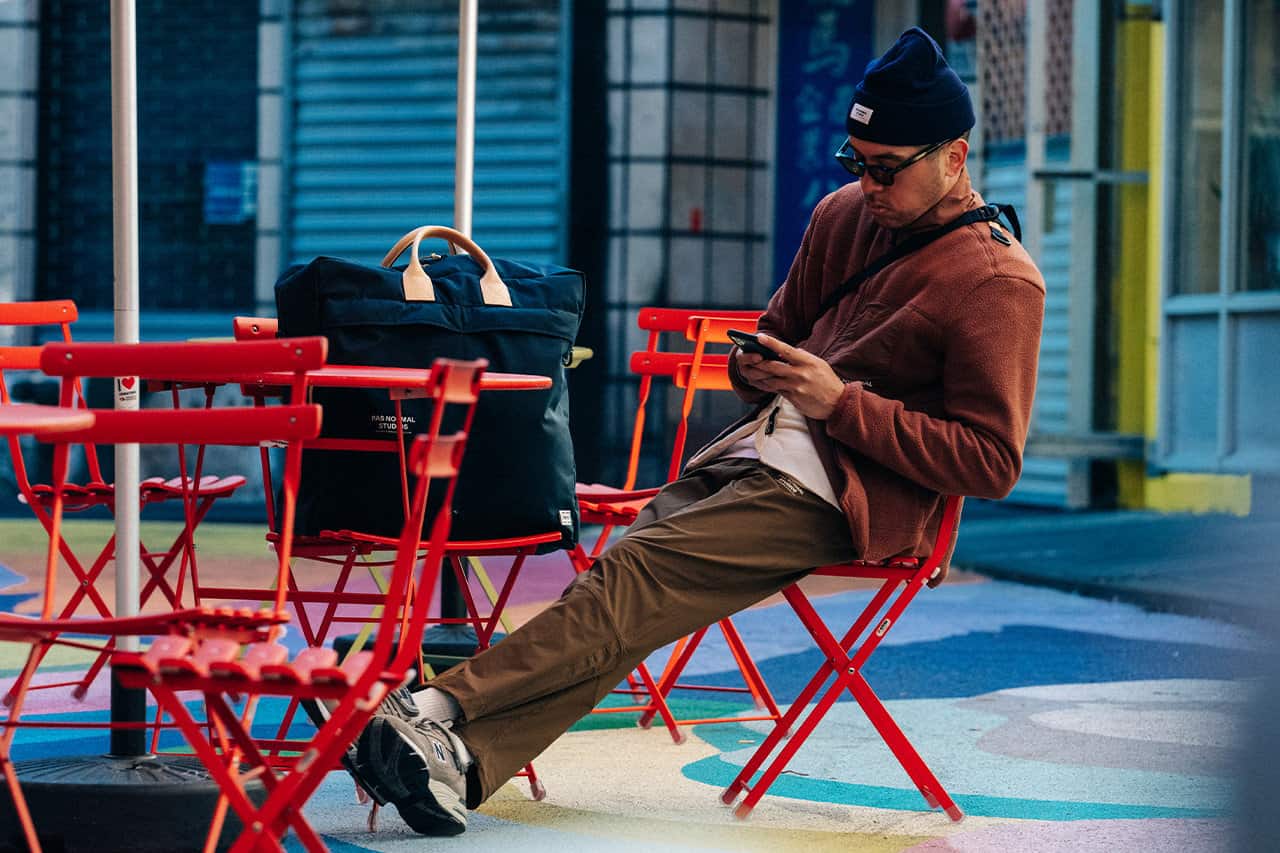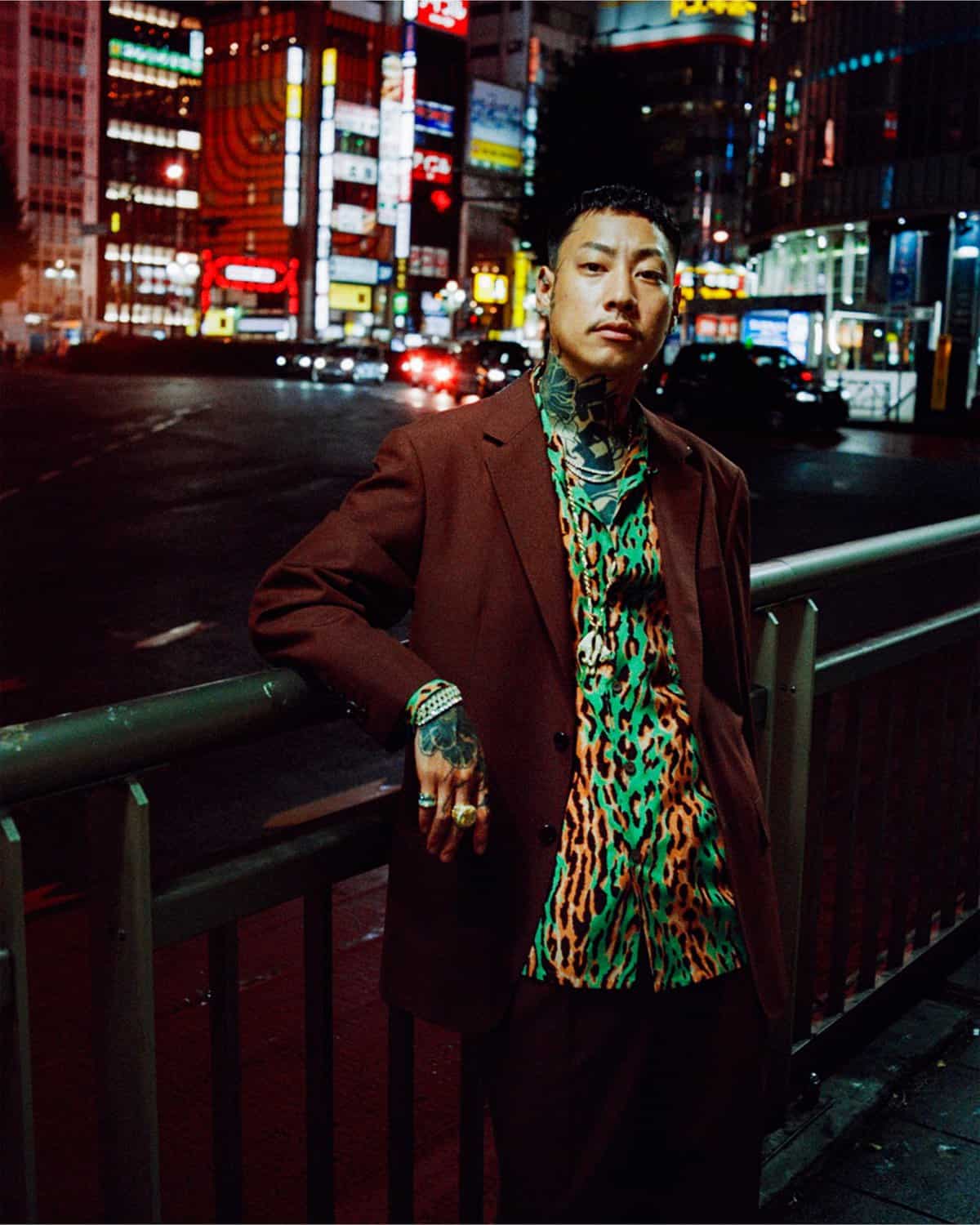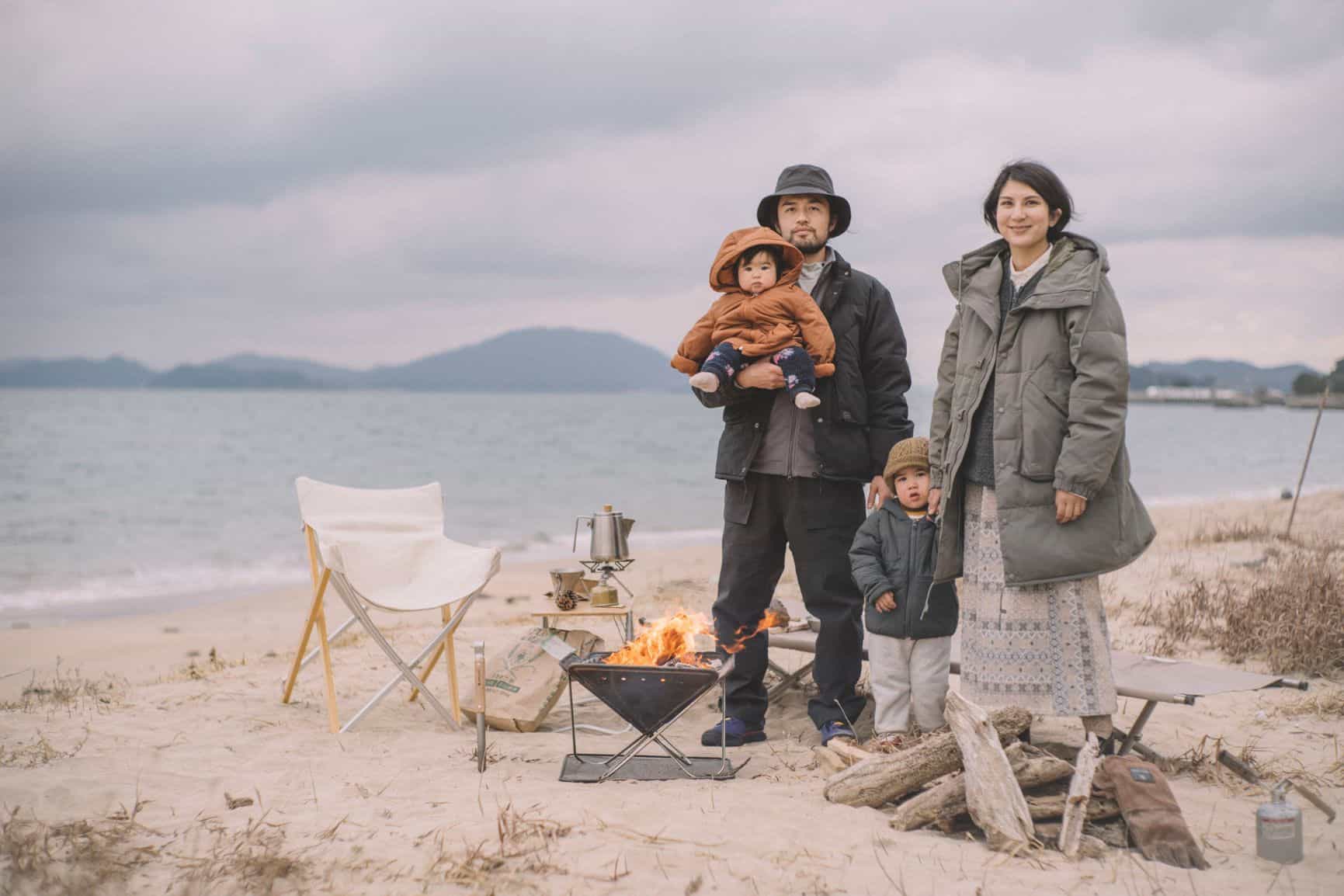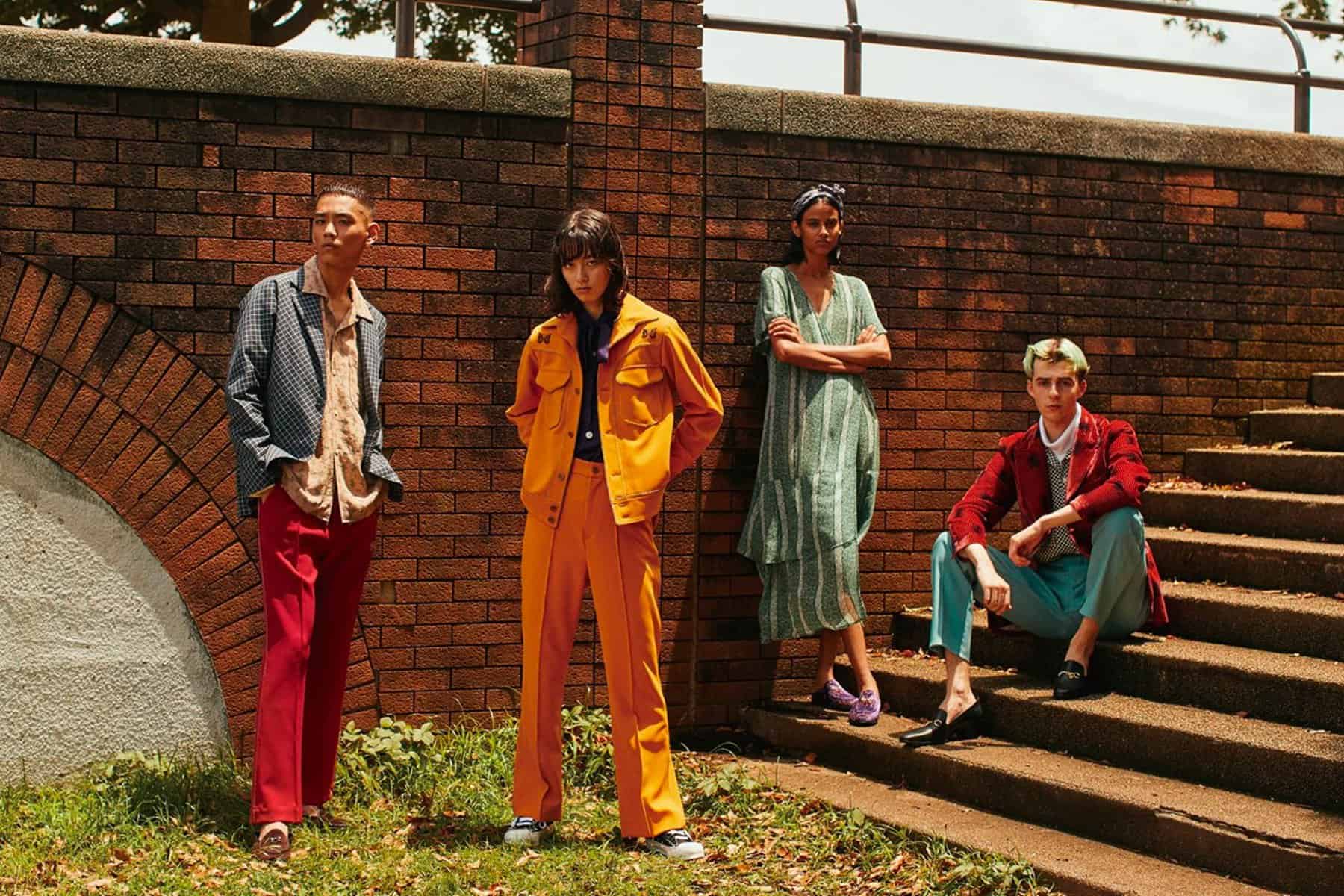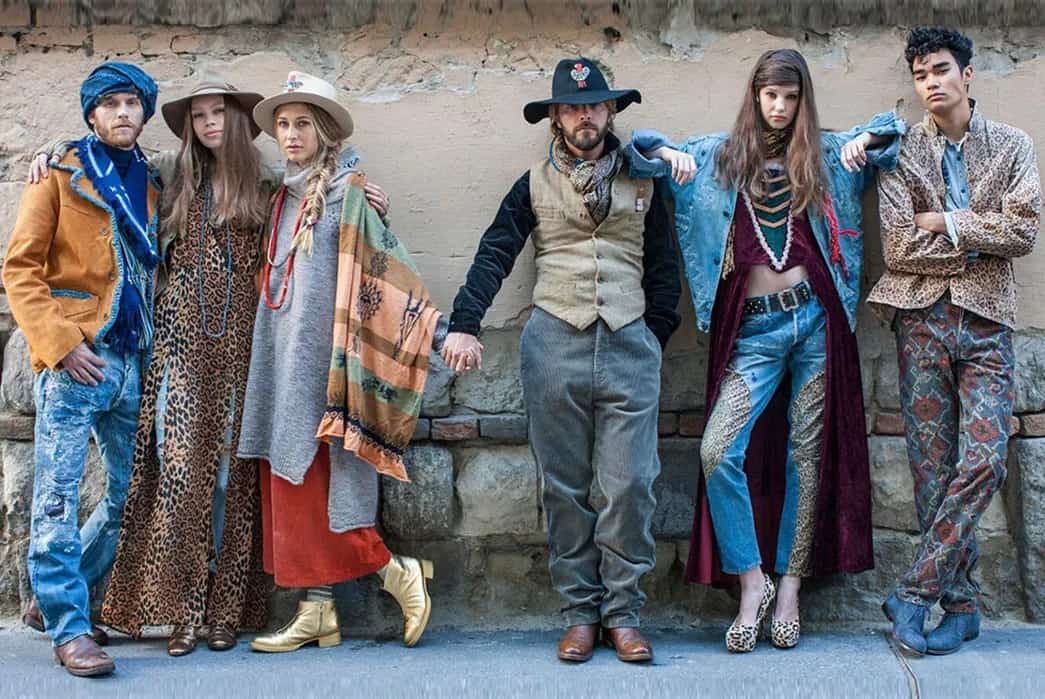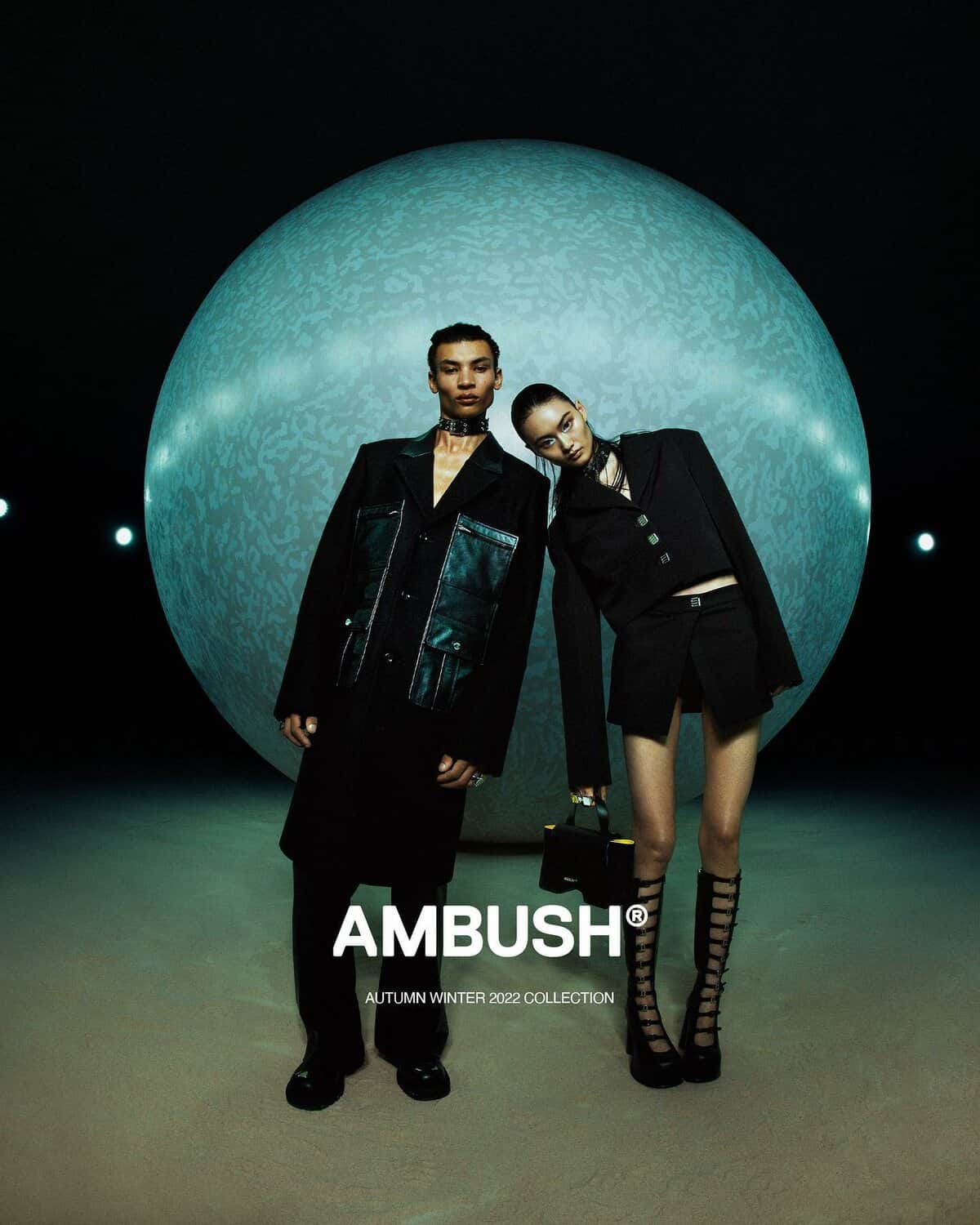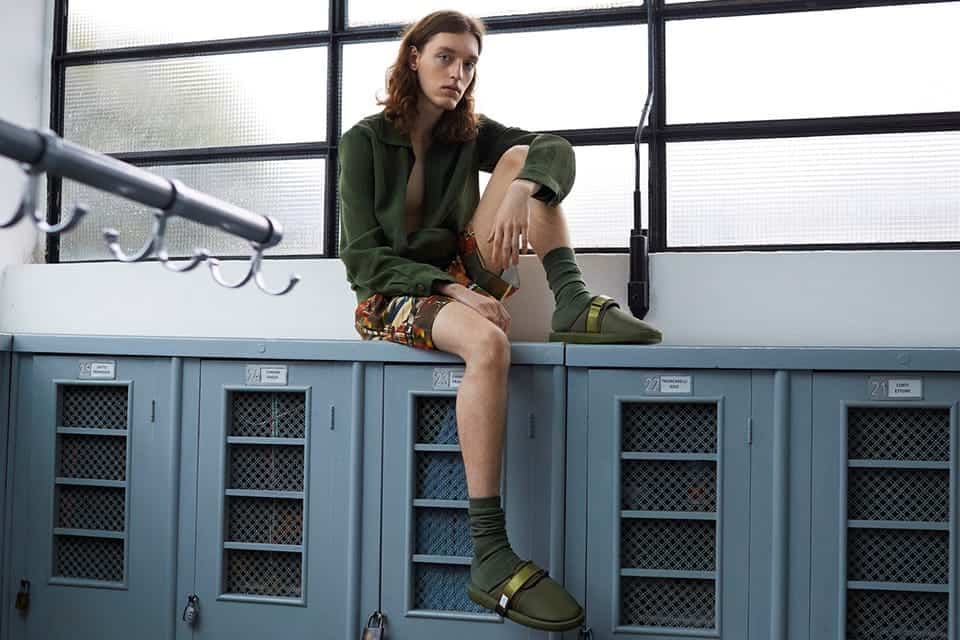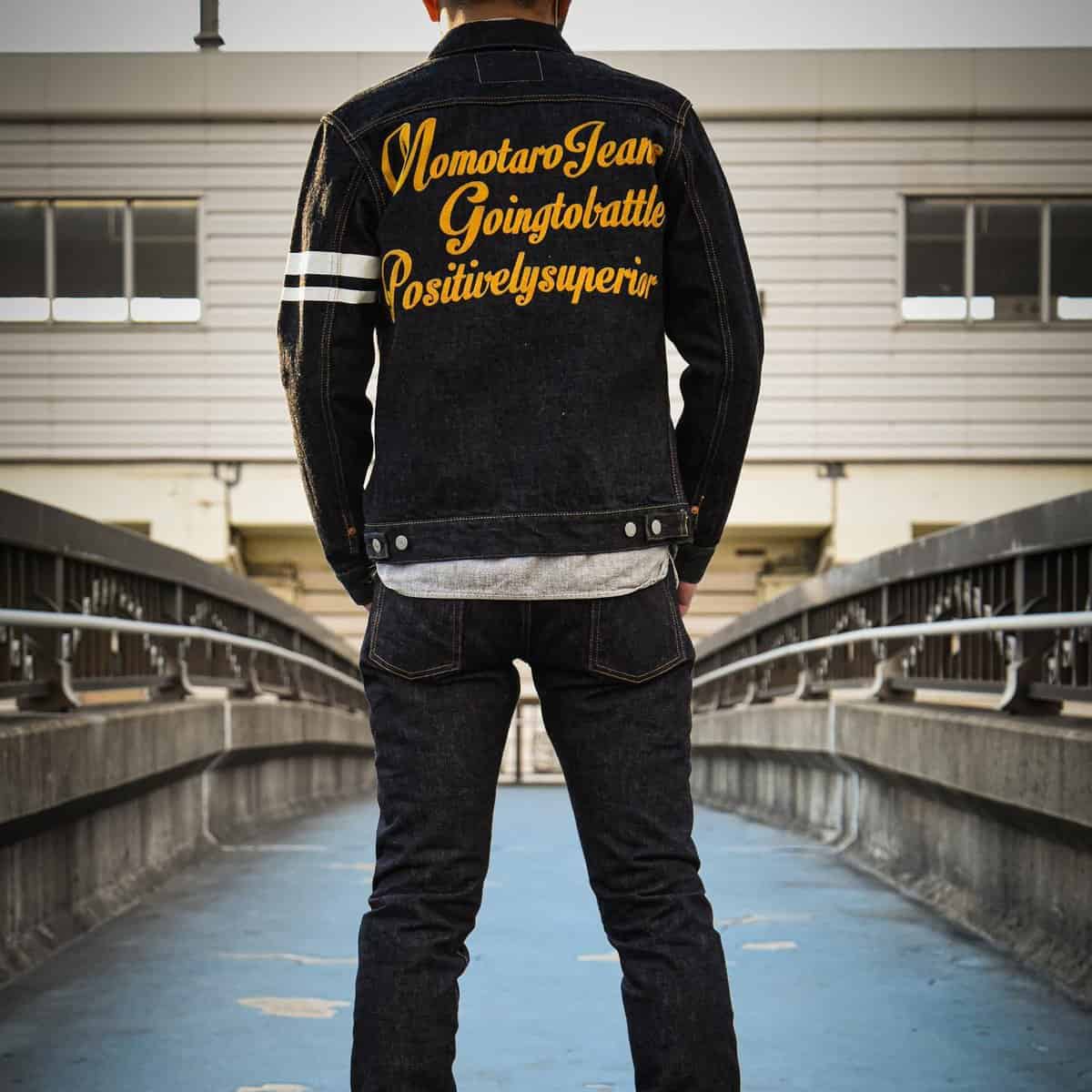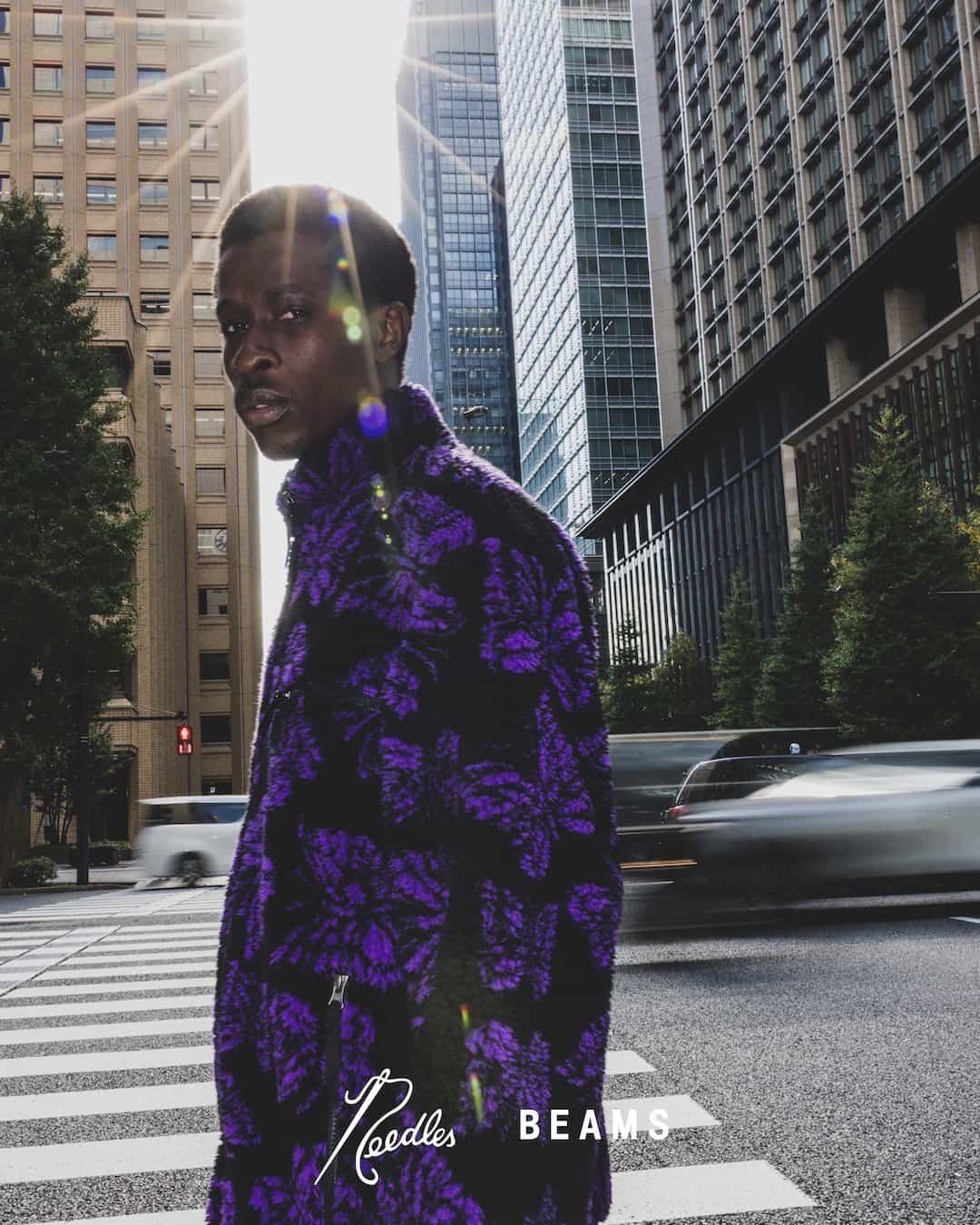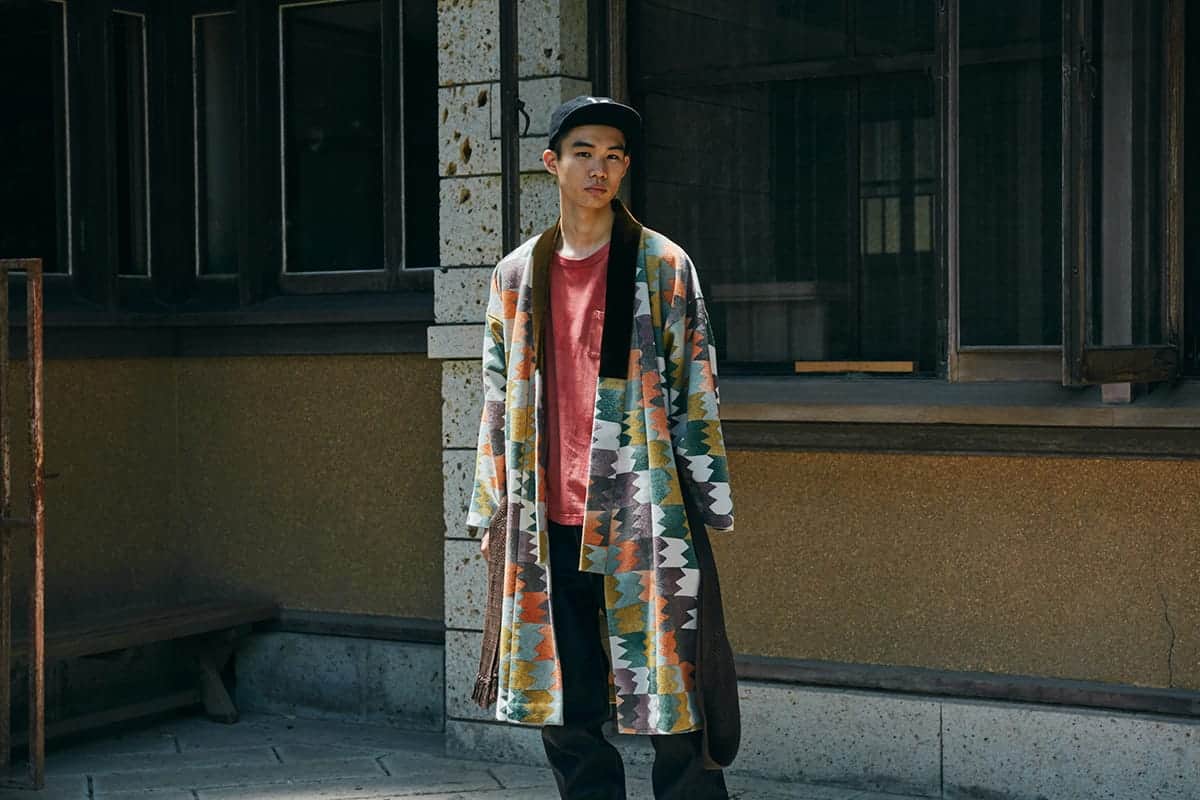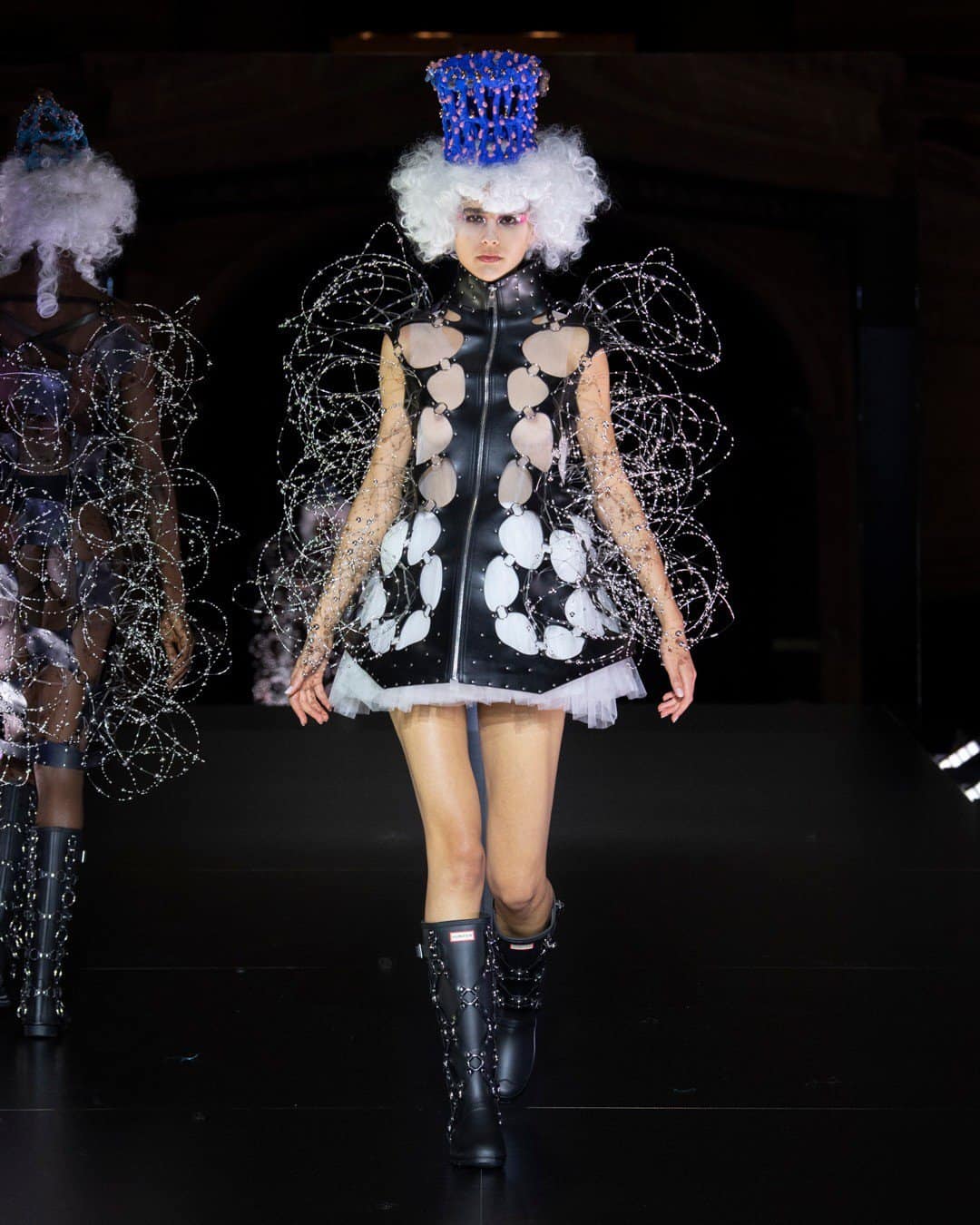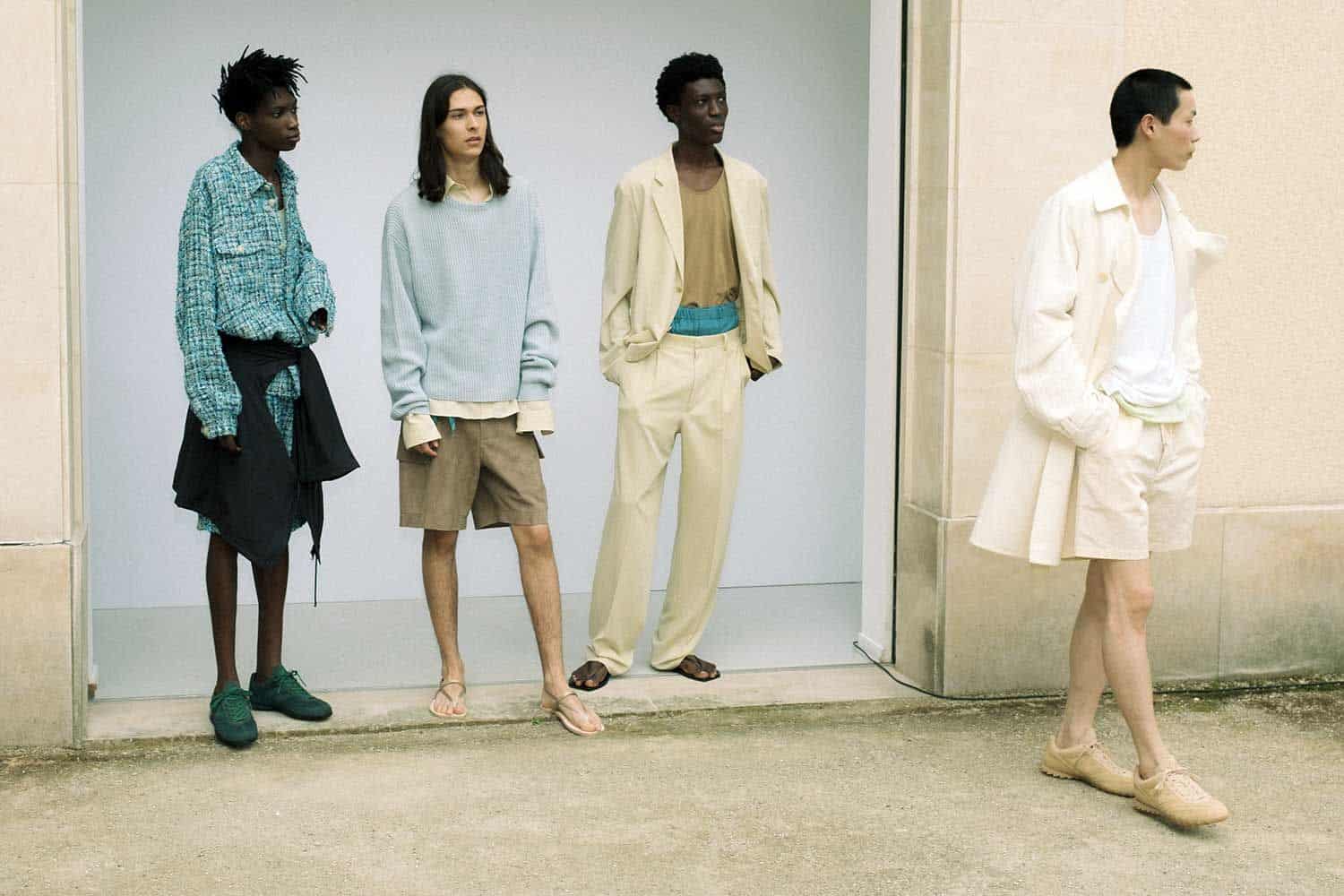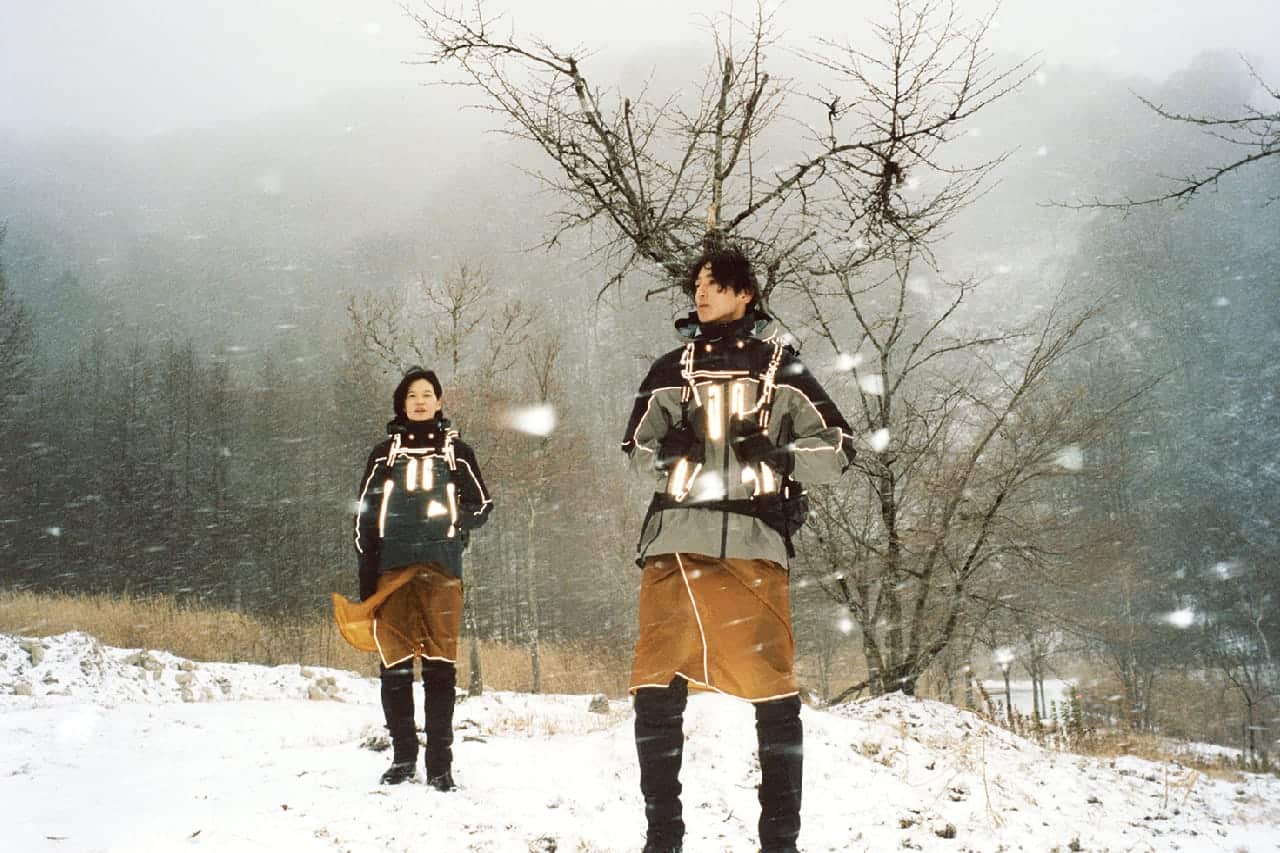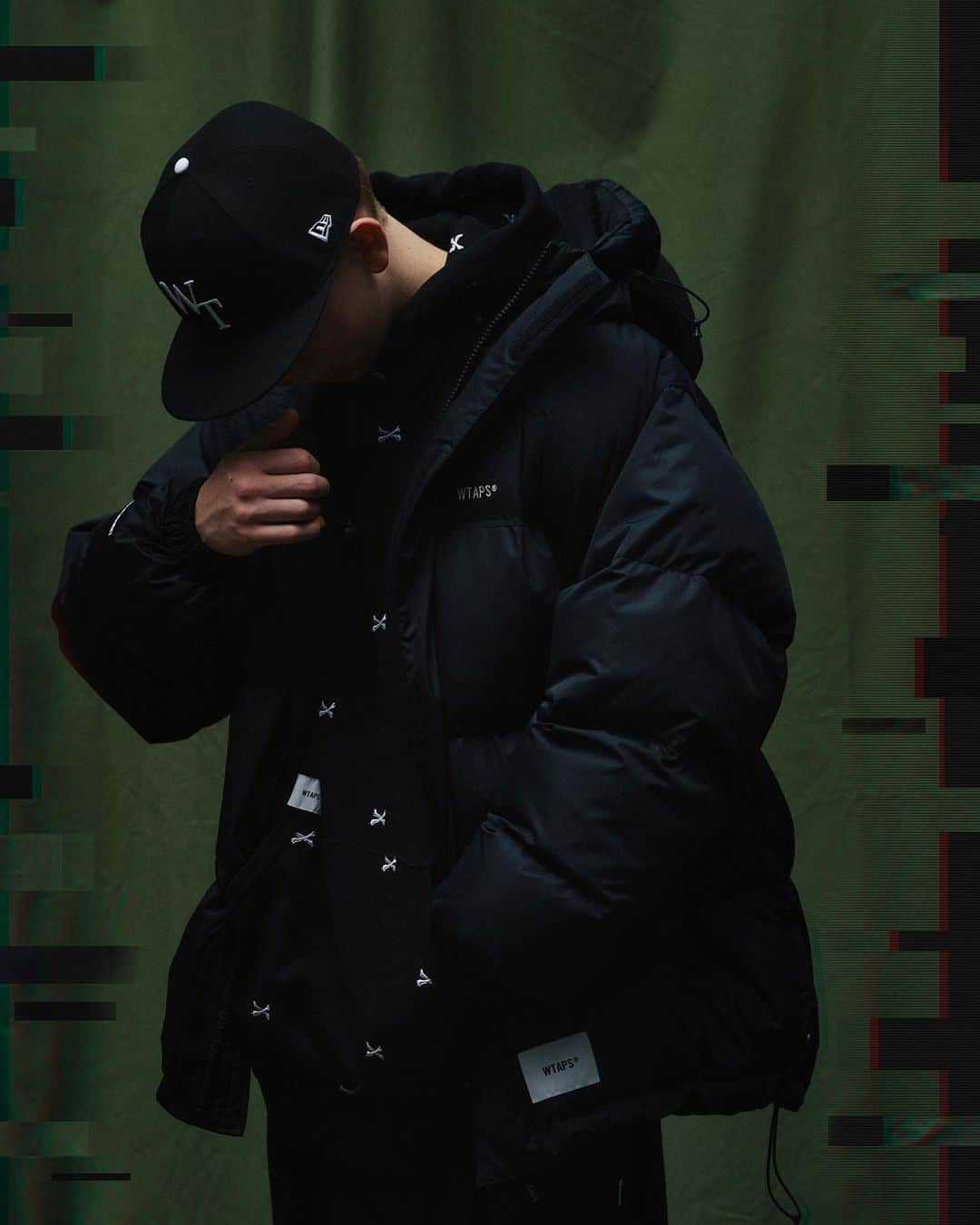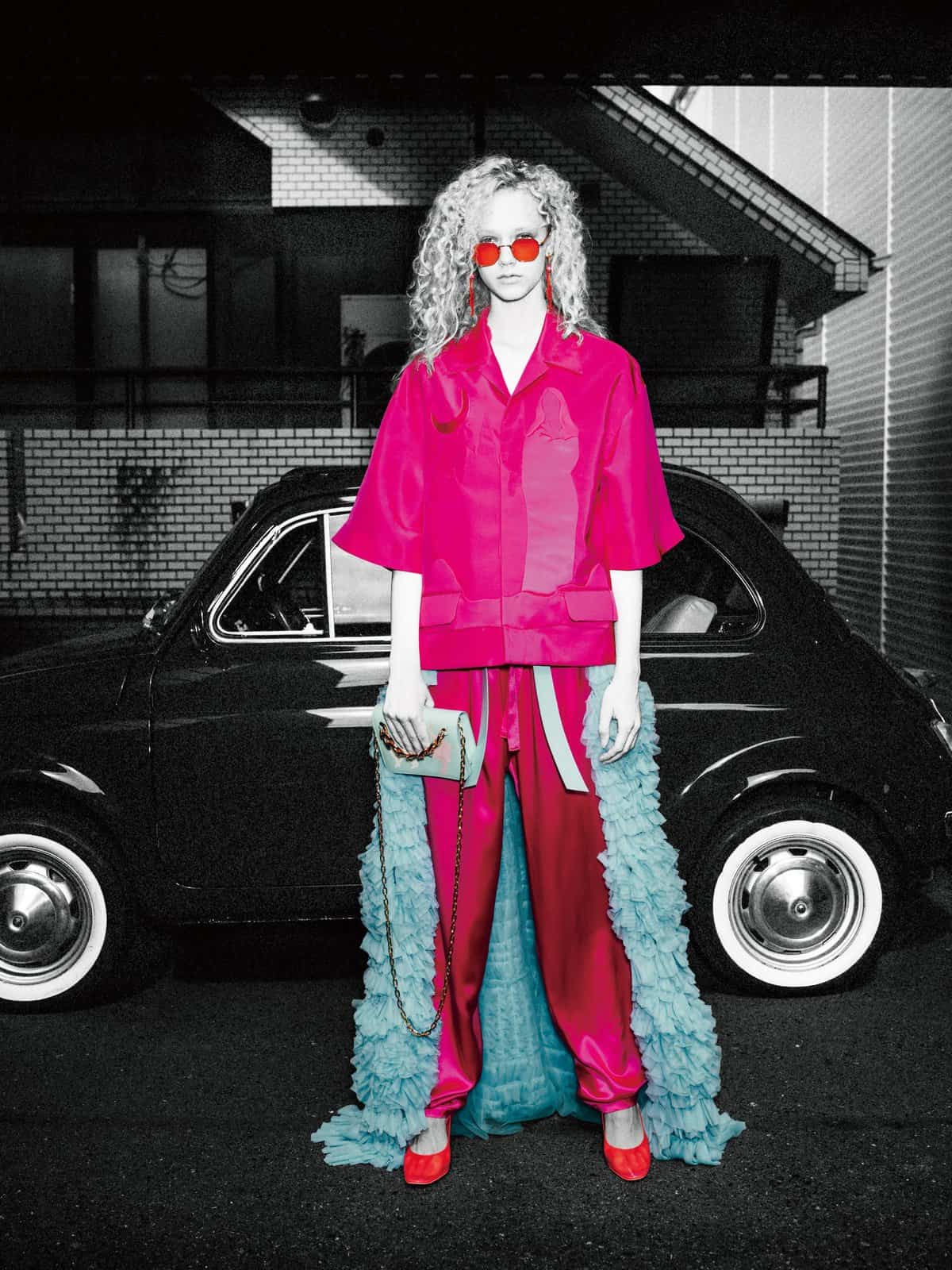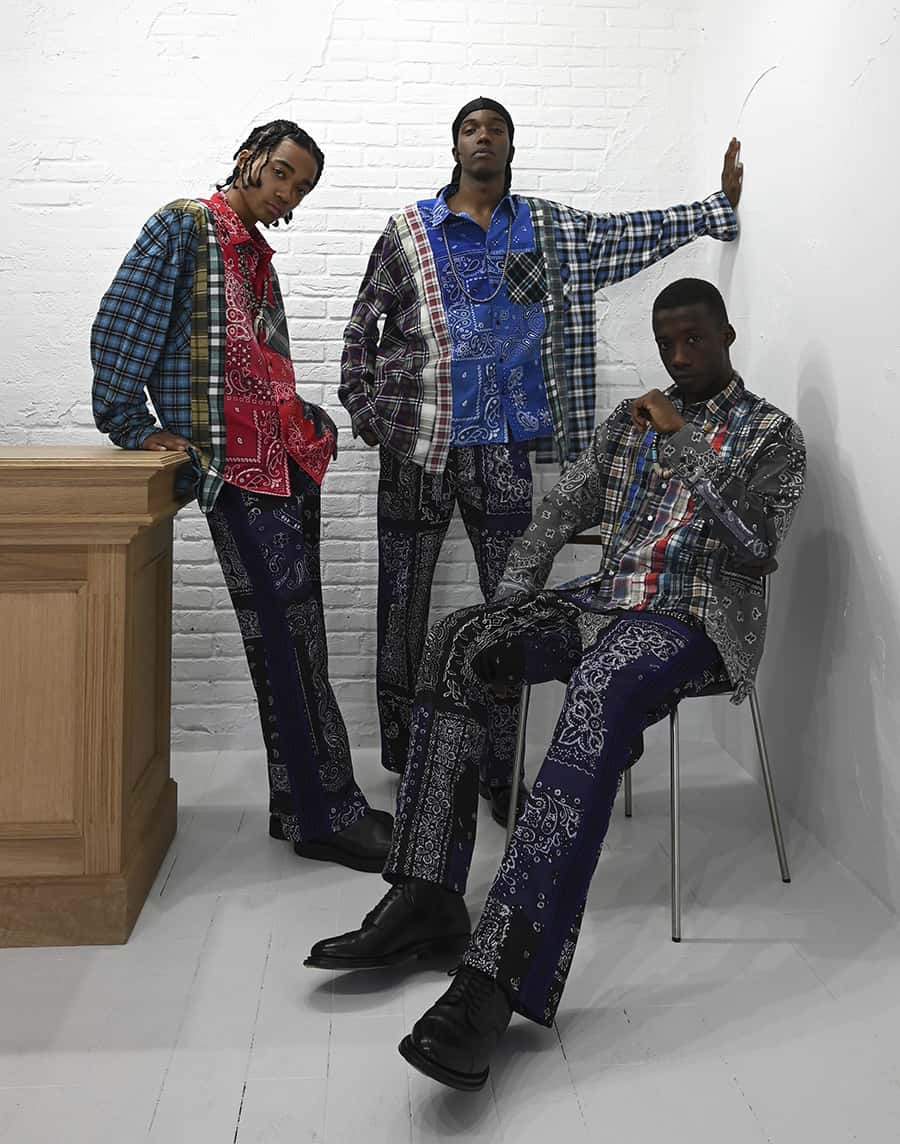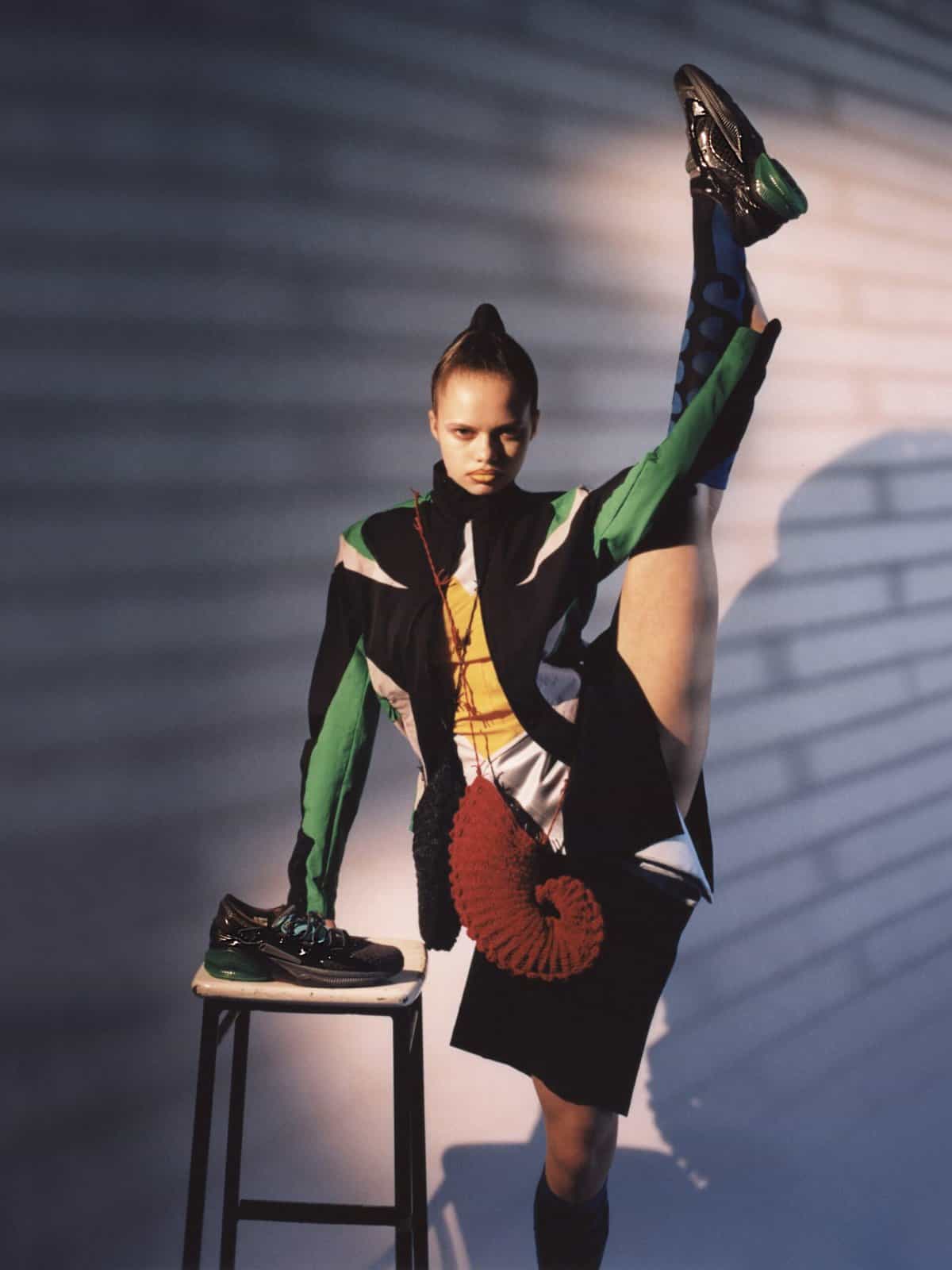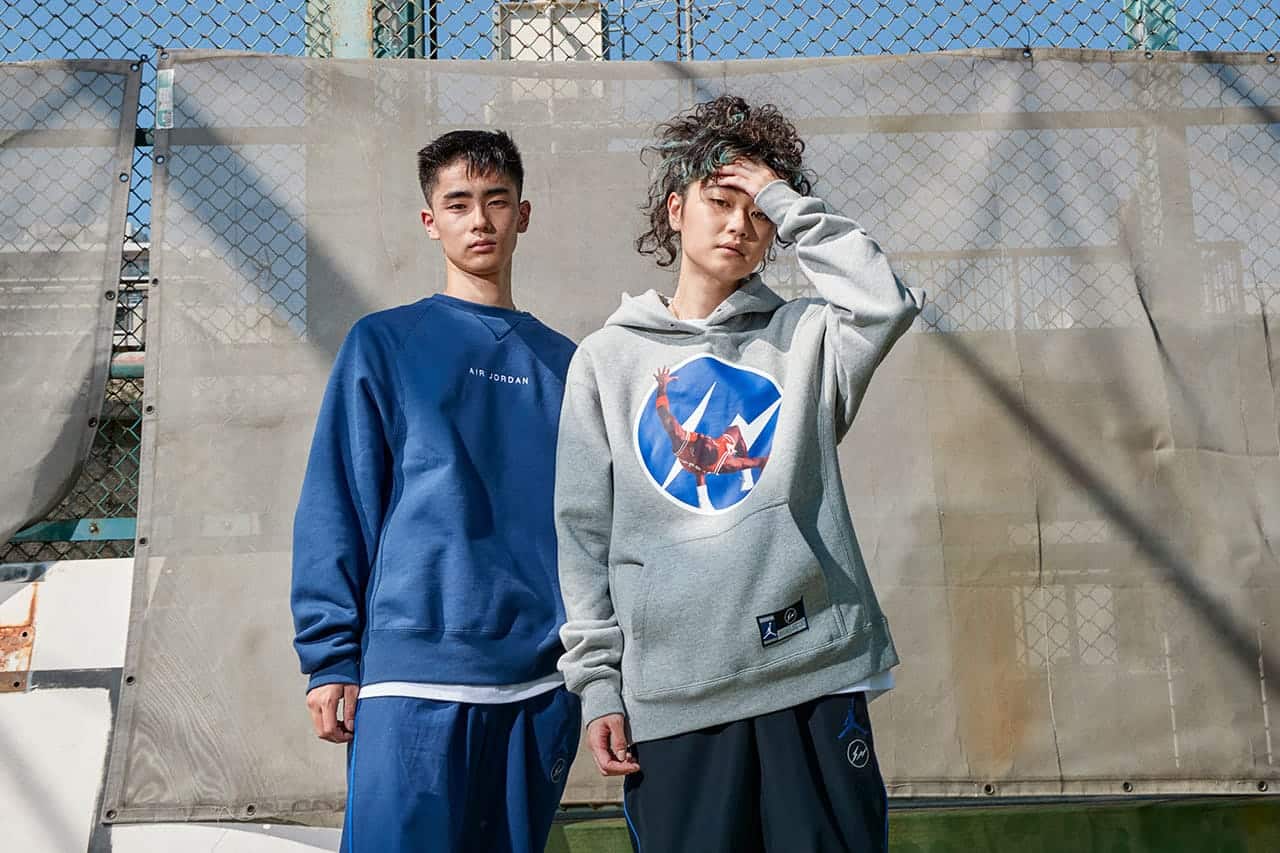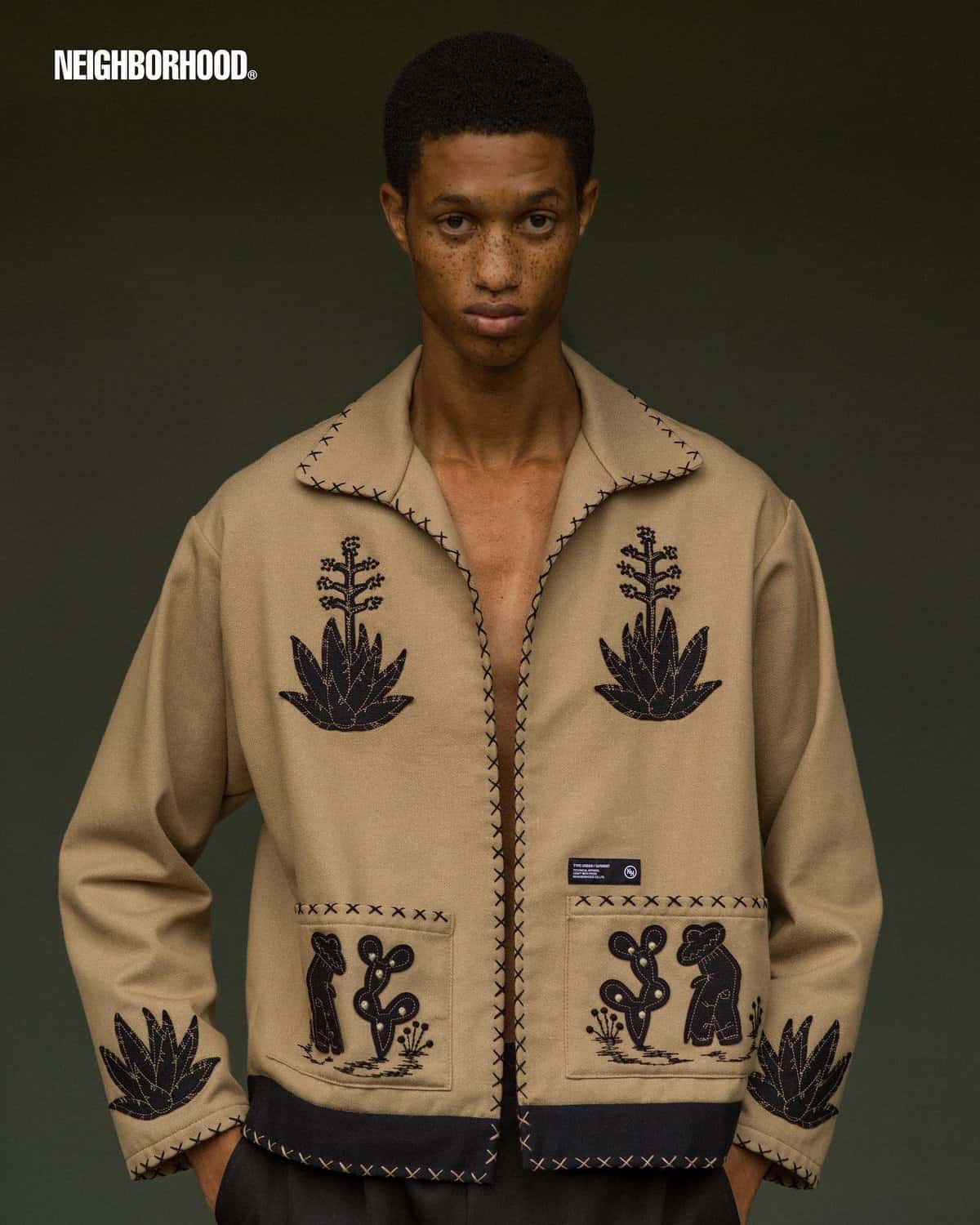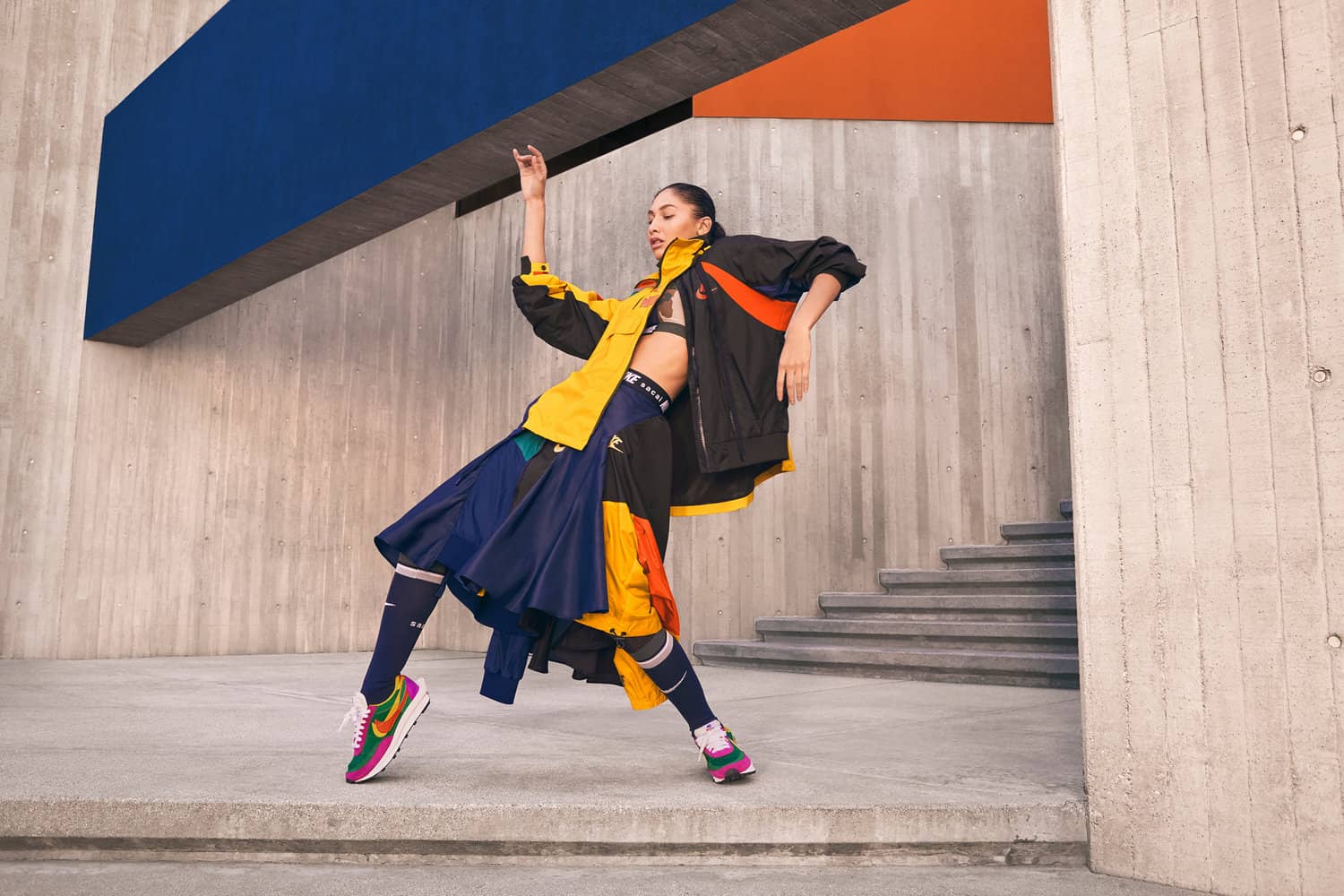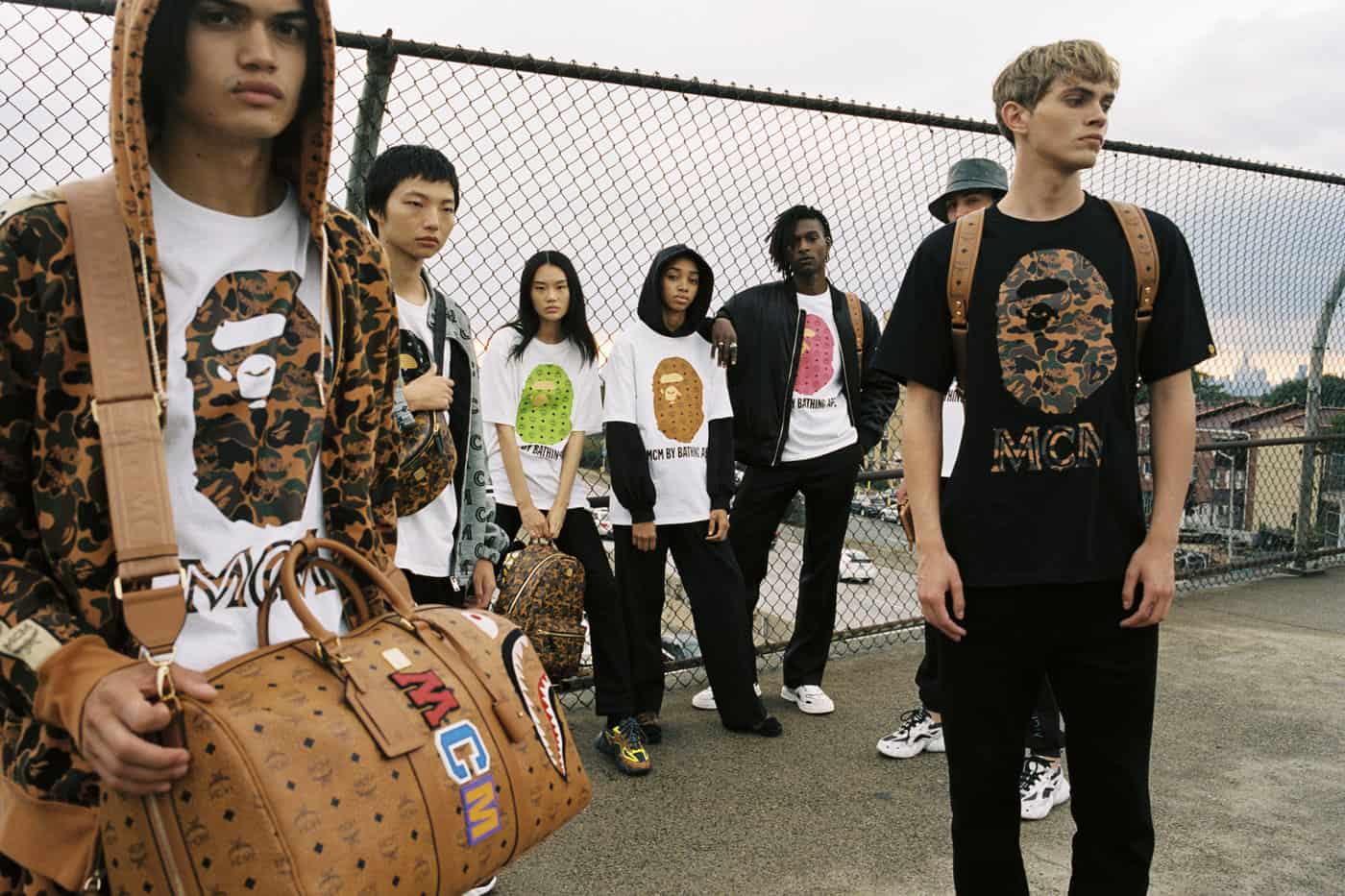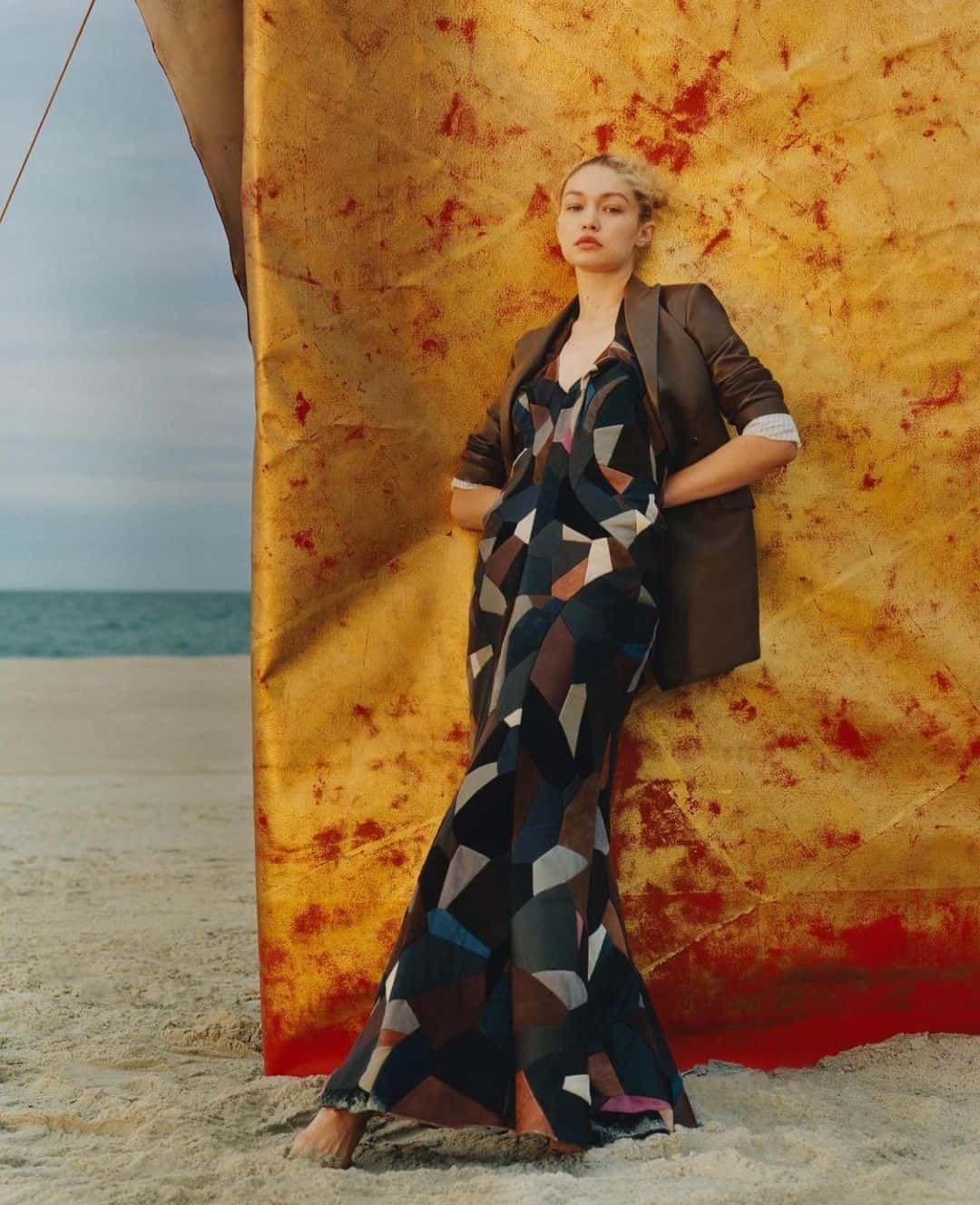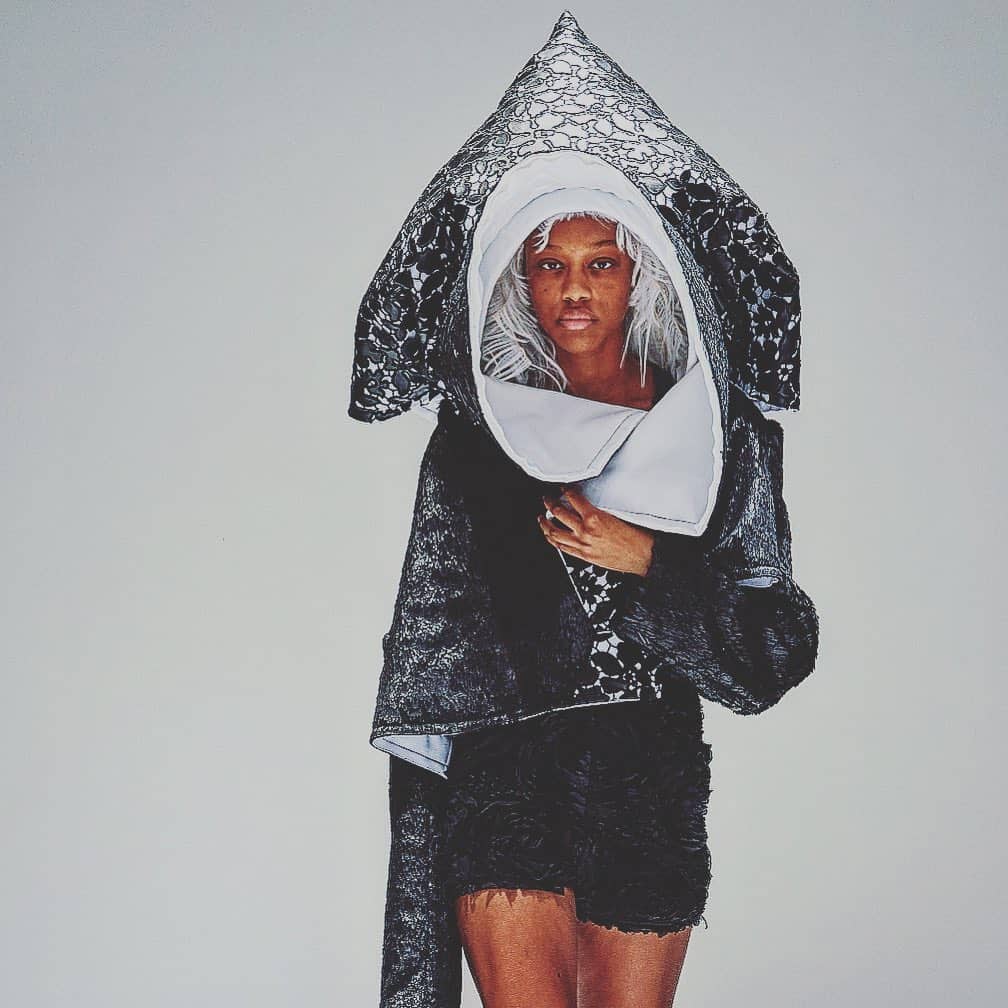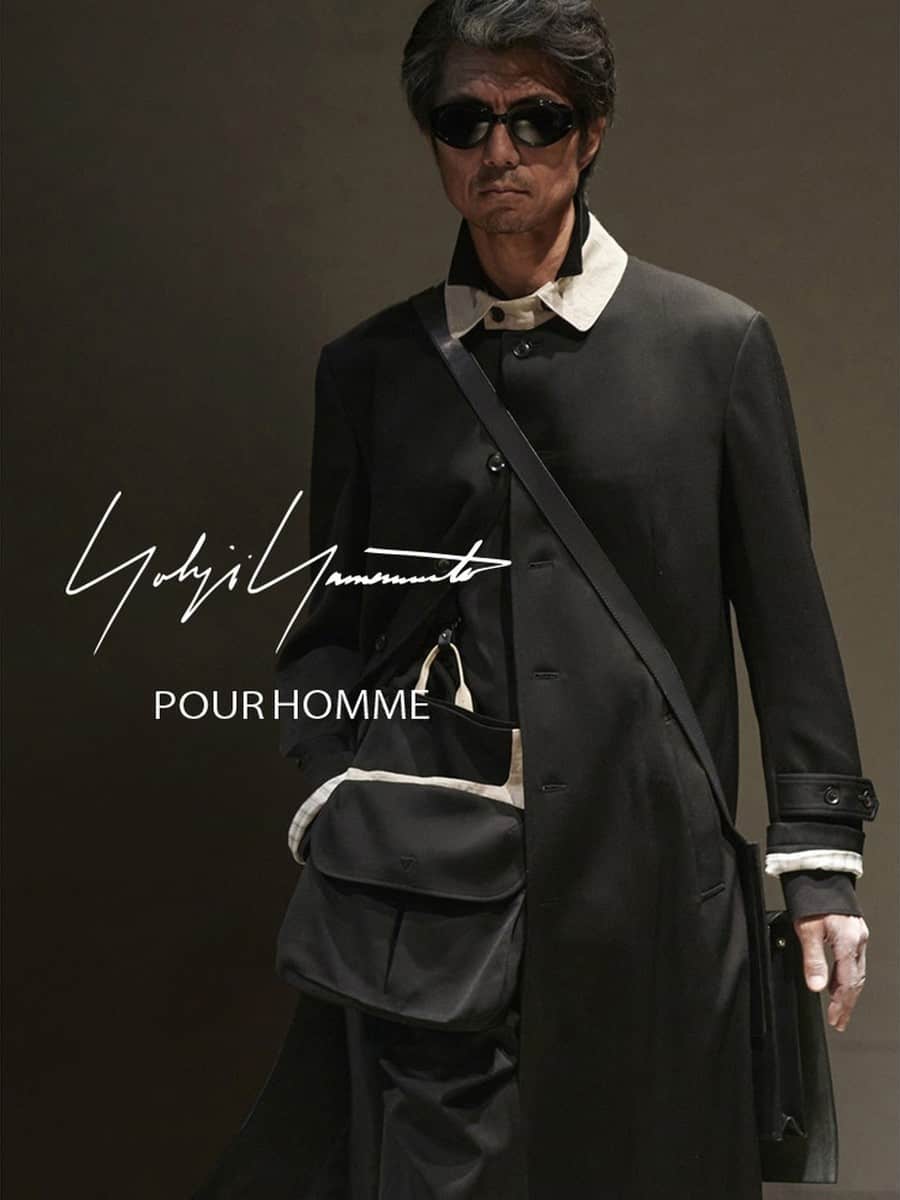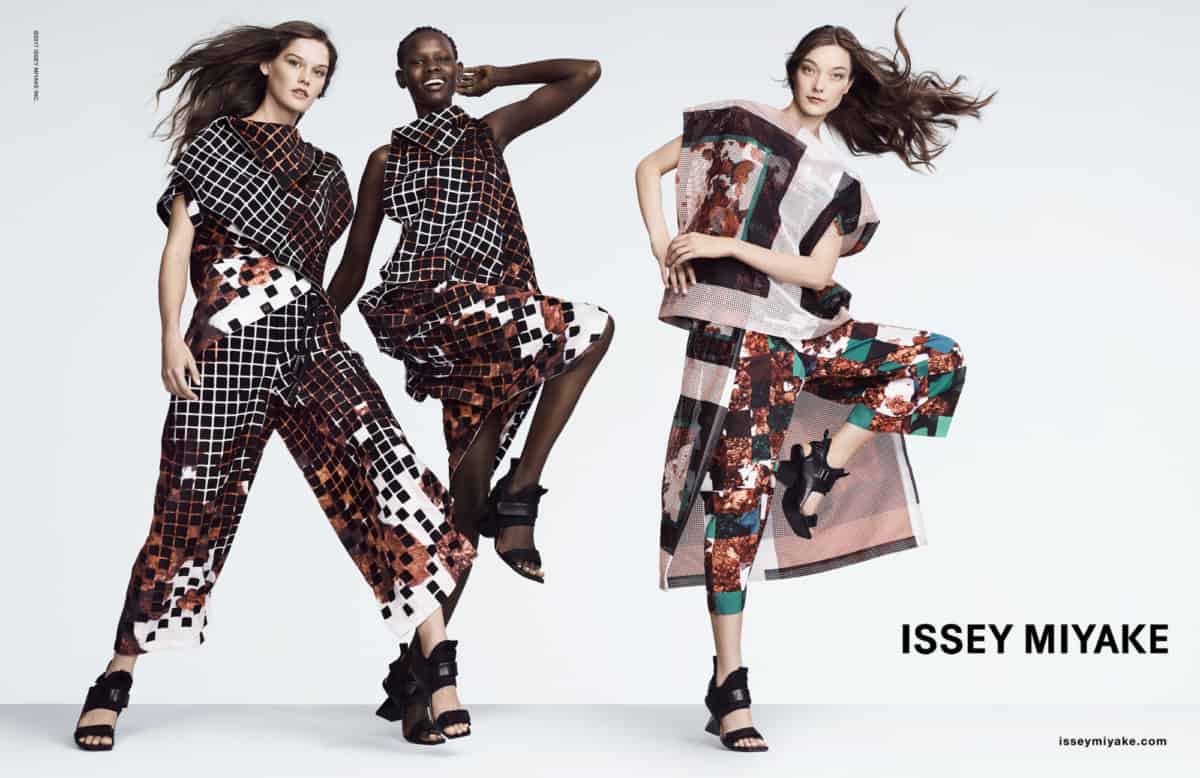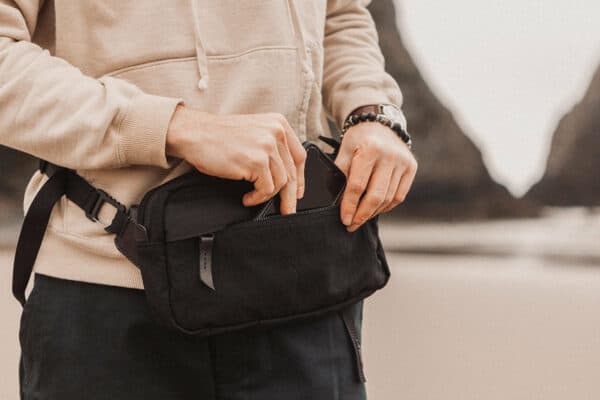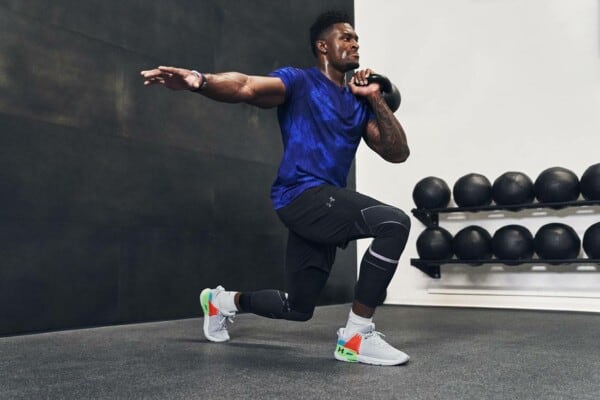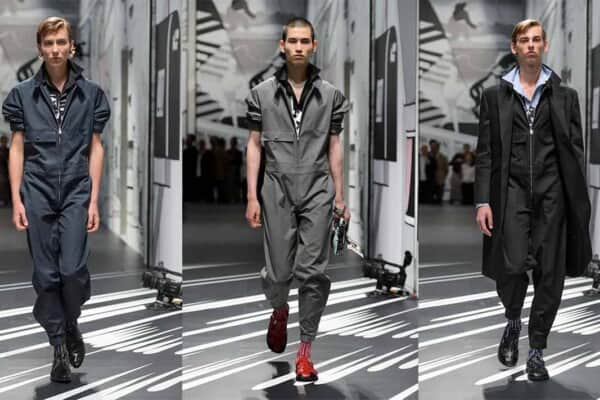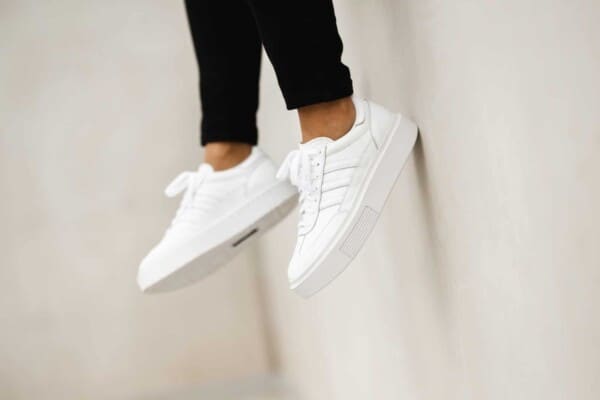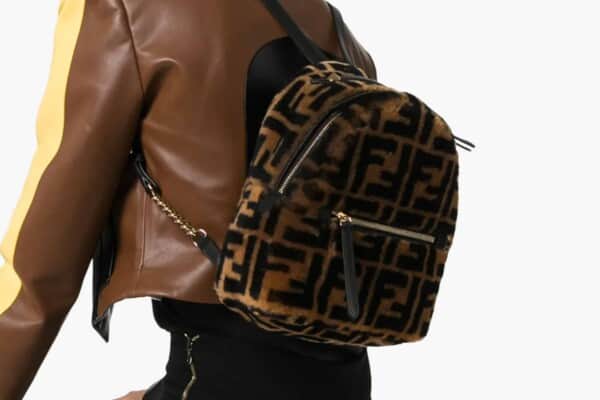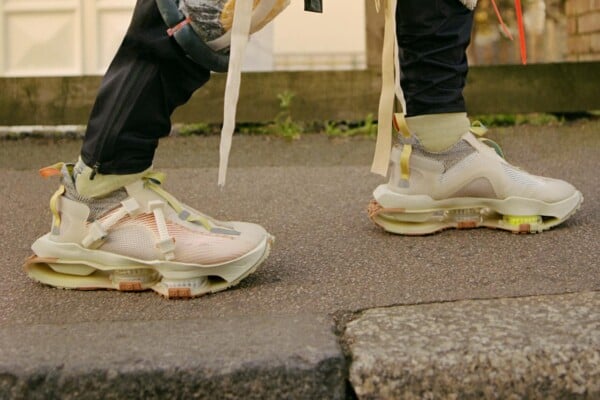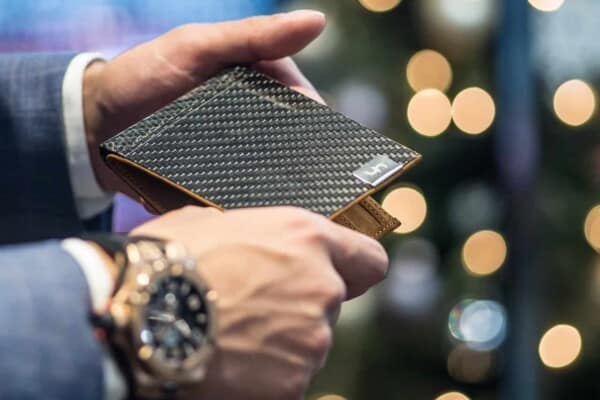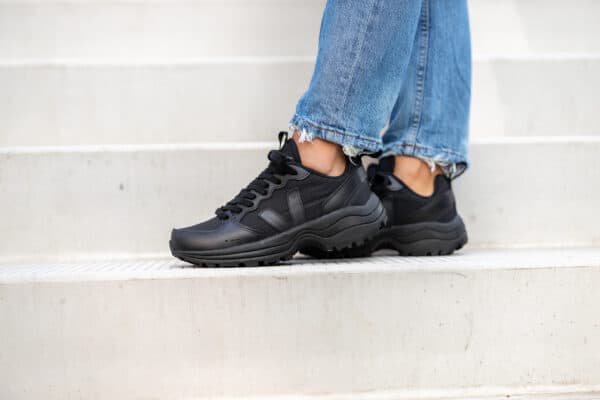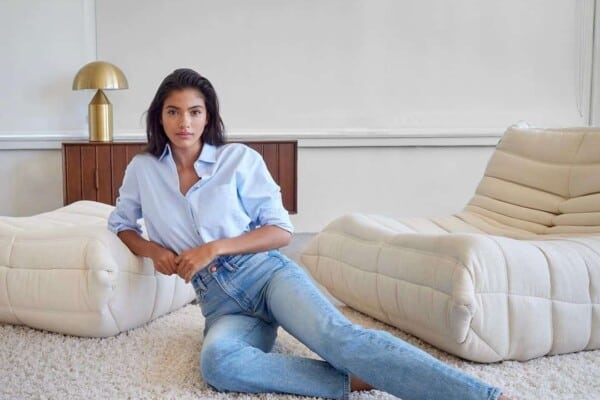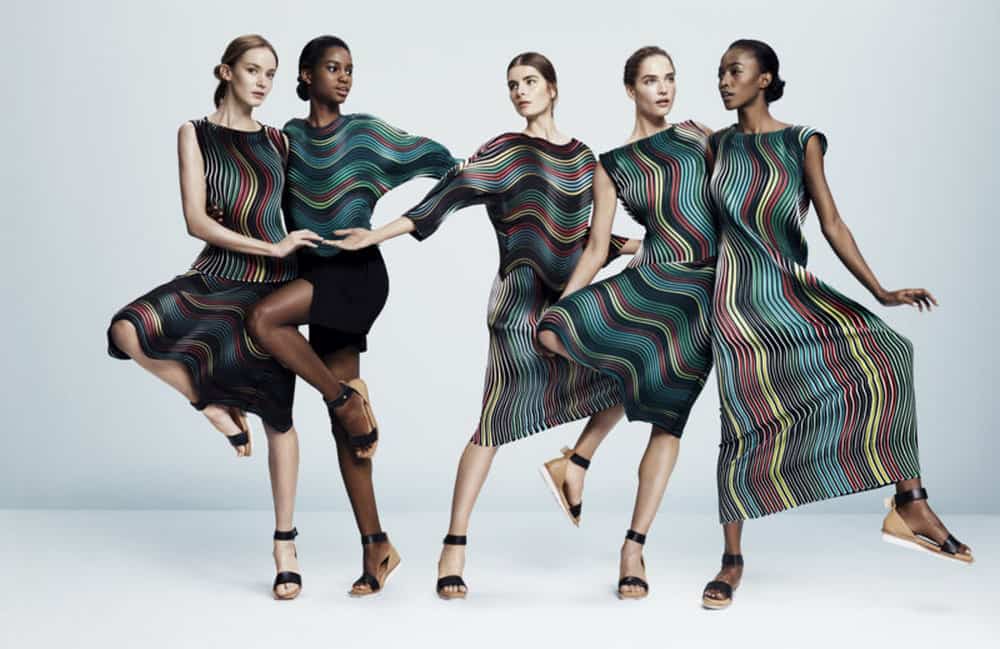
When one thinks about Japanese attire, the first image that springs to mind is the kimono, which simply translates into “clothing” and is one of the most identifiable aspects of the country’s culture. More than any other traditional garment in the world, the kimono has influenced the ideas of many designers.
Therefore, Tokyo has become one of the fashion capitals of the world, mostly due to Japan’s remarkable cultural heritage, which has generated exceptional creative expressions that are still being noticed in the current street style. Indeed, contemporary fashion demonstrates how powerful and influential Japan was in the grand scheme of design.
In other words, there is no doubt that Japanese fashion brands have continually touched Western culture with their philosophy, skill, and innovation. In the 1960s, Rei Kawakubo, the acclaimed designer who established Comme des Garçons, forever altered women’s apparel with her groundbreaking androgynous style.
We mean that, in contrast to the luxurious elegance of the time, when Wall Street bankers wore Armani suits and social climbers rocked Versace, Kawakubo’s unique style, with its frayed fabrics and raw stitches, was a protest against the fashion status quo.
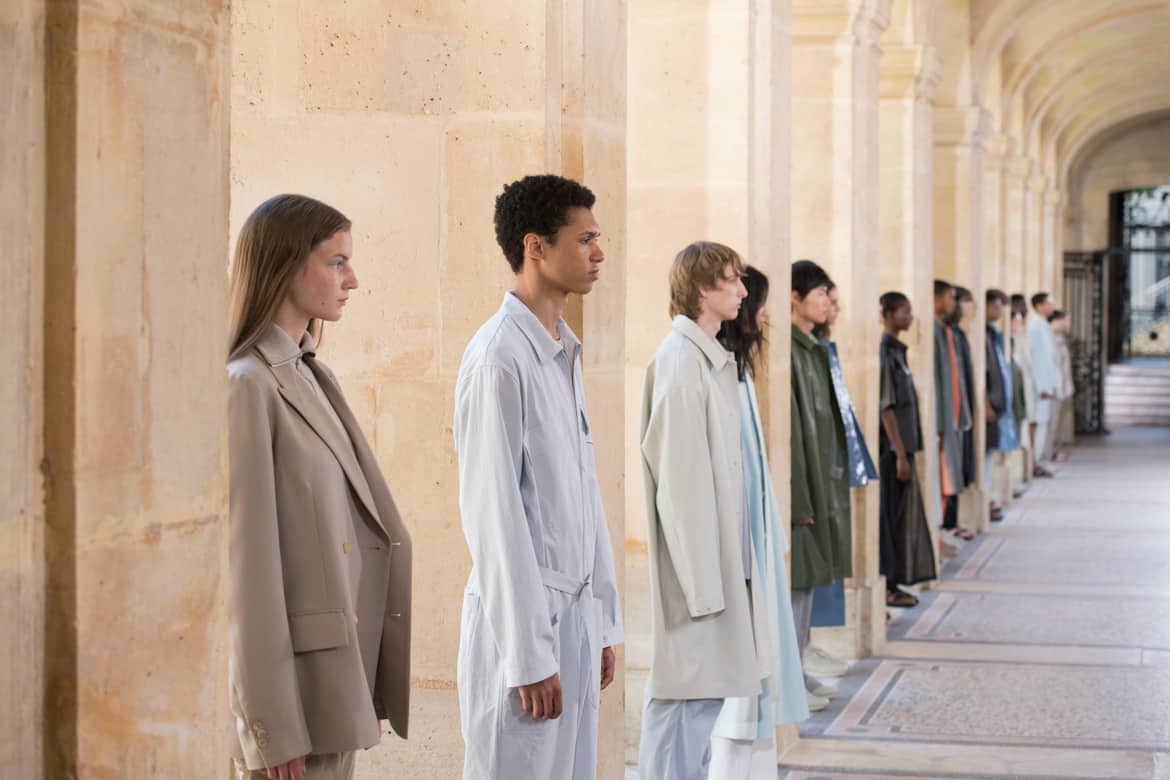
While business executives and the upper echelon praised the trailblazing Japanese fashion brands’ creative designs and monochromatic tones, it was Japanese streetwear labels that brought Nippon design into the mainstream.
Nevertheless, while the diverse and radical subcultures of Japanese fashion continue to thrive, Tokyo’s streets are filled with somewhat more approachable clothing styles. The photojournalist Shoichi Aoki documented most of these diverse fashion fads in “Fruits“, a holy book for street-style devotees.
As you can see, the Land of the Rising Sun has prevailed in the fashion industry by blending its native culture with global inspirations. There is no denying that this island nation produces inventive fashion giants like it’s second nature, yet there are a select few designers who have dominated the worldwide fashion industry.
Whether they aim to master ancestral Japanese skills and fabrics, create vintage better than anyone else on the planet, or shape the future of modern trends with their cutting-edge shapes, Japanese clothing brands remain among the most intriguing in the world.
The best way to identify both mainstream and self-reliant Japanese apparel stores is to explore the streets of shopping districts such as Harajuku or Shinjuku, but if this is not possible, the list below will be the next best alternative.
From the most underlying subculture designers to companies that transformed the entire concept of fashion and apparel, here are 25 Japanese clothing brands that embody a little bit of every artistic leap. Use this as a buyer’s guide for your next visit to Japan.
25. Porter Yoshida & Co
The origins of Porter Yoshida & Co may be traced back to 1935 when Kichizo Yoshida opened his workshop. Since he considered Japanese artisans the finest in the world, he set out to create the best bags money could buy.
The brand’s catchphrase, “heart and soul in every stitch“, has been unchanged for decades. Therefore, each bag is handcrafted by a single artisan who works to perfect the method over time, which, when it comes to durability, makes these among the top handbags available worldwide.
24. Wacko Maria
One of the most recognizable brands in Japan is Wacko Maria, which was founded in 2005 by former J-League soccer superstars Keiji Ishizuka and Atsuhiko Mori. The brand is typically recognized for its use of animal print designs and daring artist affiliations.
Wacko Maria’s creations usually combine elements from music, art, and Japanese cultural spheres. The company’s main store, called “Paradise Tokyo,” is set in the hip neighborhood of Nakameguro. It aims at holding local meetings, uniting with other Japanese brands, and put out new, high-quality products regularly.
23. Snow Peak
Snow Peak was established in 1958 by Japanese-born climber Yukio Yamai out of a disappointment with existing outdoor gear and a goal to provide the finest equipment available. Fast forward to 2022, and the brand continues to function in this manner.
Set in Niigata Prefecture, where 8,000-foot-tall mountains meet the sea, the company is one of Japan’s leisure industry pioneers. Whether it’s a portable camping stove or a professional jacket, practicality, usefulness, and eco-friendly style take center stage, to the point where abandoning all responsibilities and fleeing into the wilderness seems like the best option.
22. Needles
Needles was founded by Keizo Shimizu, the CEO and creative director of the Nepenthes casual-wear conglomerate. The company was founded in 1988 as a clothing reseller and, by 1996, had opened offices in both Boston and New York.
Needles represents Shimizu’s perspective on what clothing should be, stealing ideas from vintage magazines and prior adventures and journeys, leading to a nonconformist-west-coast-focused aesthetic. In 2010, the company welcomed a new brand, Rebuilt by Needles, which explores the notion of retrofitting once-mass-produced garments.
21. Kapital
One of Japan’s best-kept secrets is the clothing company Kapital, which is likely kept under wraps to limit the number of individuals vying for the limited stock.
The Japanese label KAPITAL takes its name from the city of Kojima, also known as the “capital of denim”. The company, which has been around since 1984, uses the finest raw fabrics and original manufacturing methods to create its vintage legacy and workwear.
Inspired by the Ivy style that has been famous in the country since the 1960s, the brand’s new collection brought a fantastically anarchic twist.
20. Ambush
Ambush started as an unconventional line of jewelry, with creations influenced by art nouveau and the unique vibe of Tokyo. Ambush’s idiosyncratic approach has helped the label evolve towards apparel and led to partnerships with a prestigious array of companies, including Louis Vuitton, Sacai, Undercover, and Maison Kitsune.
On September 2, 2016, the brand launched its first flagship store in Tokyo in a vibrant setting under the same roof as the design studio. Furthermore, celebrities such as Kanye West, KiD CuDi, Big Sean, and Pharell Williams are considered to be major Ambush supporters.
19. Suicoke
Founded in 2006, Suicoke is a famous Japanese company that built its name on hand-painted Matryoshka dolls and other little trinkets. With a new focus and unlimited artistic freedom, the brand has become a leading maker of high-performance sandals, working with labels like Norse Projects.
Suicoke’s mainstays are the basics of every well-put closet, but they have been reimagined with a twist thanks to the use of unexpected fabrics and interesting cuts. Features such as a molded Vibram footbed, a woven insignia, and a Vibram Morflex outsole set these sandals apart from the competition.
Overall, the brand values understated elegance over dramatic images, and its versatility is one of its most important qualities.
18. Momotaro Jeans
Many people consider Kojima to be the birthplace of Japanese denim because it is home to the legendary “Jeans Street,” which is brimming with highly coveted establishments that gave birth to Japan’s denim industry, and Momotaro is right in the middle of it.
The brand’s name means “Peach Boy.” Where did it come from? That was the moniker of a folk hero-king in Okayama; he was a man who was created out of a massive peach provided by the gods to a family who couldn’t procreate. When he grew older, he faced monsters and ogres, which is why the jeans are fully covered in peach imagery. Interesting!
17. Beams
A man should merely shop within the Beams kingdom to be one of the trendiest members of his group. The company commenced in 1974 as a modest pop-up shop in the Harajuku neighborhood of Tokyo.
Its designs are influenced by the no-nonsense streetwear of the late 1980s and early 1990s in the United States, offering anything from coats and shirts to shorts and slacks. There are plenty of labels that pay homage to the decade, but none that pull off the look quite like Beams, which sells timeless staples without compromising on style.
The brand also draws inspiration from centuries-old manufacturing processes from all over the world to ensure that each garment it produces is truly one-of-a-kind.
16. Visvim
Visvim is the consequence of owner Hiroki Nakamura’s passion for America, which skyrocketed when he was living in Alaska, visiting the rustic U.S., and encountering its indigenous residents. Soon, Nakamura got a job at Burton Snowboards, which gave him the experience he needed to start his own company.
The classic FBT shoes, which had the upper of a moccasin and the ultralight, cushioned sole of a sneaker, became a symbol of Visvim’s style, which combines rough designs with modern innovations like Gore-Tex. Visvim’s main products are army-themed outerwear, social-sculpting denim, Cordura bags, and different styles of work boots.
15. Noir Kei Ninomiya
This young designer has inherited the distinctive flair of his instructor, Rei Kawakubo of Comme des Garcons, but strives to develop his own style by playing with fabrics and designing mind-blowing avant-garde items. He debuted his first line during Paris Fashion Week in 2018 and partnered after that with Moncler.
Ninomiya takes cues from traditional Japanese clothes, dabbling with atypical pattern-cutting, unusual construction processes, and handiwork as the brand’s raison d’être. The designer minimizes sewing whenever feasible, and one of his distinctive manufacturing techniques is joining laser-cut components to create garments.
14. Auralee
Auralee finds elegance in delicacy. Here, you will not find excessive brand storylines or garish, flashy apparel. This Japanese brand is inspired by traditional minimalist designs, and its creations always strike a good balance between style and practicality.
The brand was founded by Ryota Iwai in 2015. Before launching Auralee, the young designer attended the esteemed Bunka Fashion College, where he finally became obsessed with apparel manufacturing. Auralee does not care about the latest trends, and the label’s clothes truly represent the designer’s objective of mindful-timelessness.
13. and Wander
and Wander earned the 2016 Tokyo Fashion Award for its creative combination of elegance and functionality. Despite their high-couture backgrounds, the two designers who manage the brand wanted their clothing to inspire a love for the outdoors.
As is so often the case, the genesis of and Wander’s roaring success came after understanding that a specific type of clothing could not be purchased in stores. Ikeuchi, a former creator for Issey Miyake Men, wished to go hiking with his friends but was unable to discover anything he needed.
So, he devised a plan to become self-reliant by establishing his own label together with Mihoko Mori. Soon after, they built their first flagship store, a modern and comfortable boutique in Tokyo, which also serves as a meeting area for individuals who share the same passion for sports.
12. WTAPS
Tetsu Nishiyama founded WTAPS in 1996 in Tokyo’s back alleys, making garments mostly inspired by the army and outdoor apparel affiliated with hip-hop in the 1990s. Since then, the company has stayed true to these values by making sweatshirts, caps, and pants from the best cotton and woven textiles.
Even though WTAPS attire is akin to the counterculture, there is something exquisite and refined about their clothing that immediately elevates the wearer in the perception of everyone else.
11. Undercover
Jun Takahashi is one of the few Japanese artists capable of creating one of the hippest cult streetwear labels while also putting on one of the most anticipated and well-received PFW presentations. Valentino’s 2019 collaboration with Undercover demonstrates the fashion industry’s assessment of Takahashi’s creativity.
What began as a punk subculture company driven by the Sex Pistols has evolved into a full-fledged fashion line that tackles the interplay of contrasts, such as charming yet frightening or gorgeous yet repulsive.
Although Takahashi no longer designs women’s clothes, his concentration on menswear has made Undercover even more provocative, with pop culture allusions from some of his favorite works of art, such as Joy Division music albums and Stanley Kubrick film images.
10. Miyagihidetaka
Although camouflaging itself in mystique, Hidetaka Miyagi’s eponymous brand has established a noteworthy image due to the appeal of its bandana-adorned creations. The designer got his big break in fashion because he couldn’t get what he wanted to wear, hence the motto of his brand: “We release the products that I genuinely want to wear or make.”
Furthermore, Miyagihidetaka’s exclusive launches do not correspond with the seasons; rather, things are released only when they are finished. This off-kilter way of making things in a market that goes through cycles adds to the brand’s charm and makes it a real symbol of Japanese fashion.
9. ASICS
Have you ever wondered what the acronym ASICS means? The name is an abbreviation for “anima sana in corpore sano”, the Latin famous phrase. Would you have guessed it? The company dates back to 1949, when it was named Onitsuka Co., Ltd. and was headquartered in Kobe, Japan.
After successfully establishing itself in track & field as well as baseball, ASICS has expanded into the tennis industry. For instance, did you know that, in addition to his undeniable athletic abilities, Novak Djokovic has a secret weapon: the ASICS Court FF sneaker?
However, there are many other top players that have helped propel ASICS to the vanguard of tennis culture, where the brand now enjoys widespread popularity among fans and professionals alike.
8. Fragment
Fragment was established by Hiroshi Fujiwara, code-named the Arbiter of Cool, like a sneaker counterculture initiative. This one-off designer has been showcasing his creations worldwide since the early 90s, working with some of the most prestigious fashion houses in the industry.
The mysterious pioneer of Harajuku street style and minimalist design has quickly climbed to the forefront of modern streetwear despite making only a handful of public appearances. Also known as the “Godfather of the Street”, he has worked with countless companies throughout the years, including Nike, Rolex, Louis Vuitton, or TAG Heuer.
In 2021, Fujiwara has teamed up with Maserati in a partnership that fuses the bold spirit of the legendary Italian car with his distinctive perception of the current subculture.
7. Neighborhood
Shinsuke Takizawa, a designer based in Tokyo, launched the Neighborhood label in 1994 after being inspired by the motorcycle subculture of the day. The idea was to make everyday garments with a motorbike, military, and outdoorsy twist for those who wanted to resemble these fearless riders.
The nonconformist designer founded the brand to simplify the concept of streetwear with its timeless graphics and one-of-a-kind color palette, making every piece from the collection an instant favorite. All in all, Neighborhood’s clothes contain a high degree of refinement and have become mainstream on the streets of Tokyo.
6. Sacai
All indications point to Sacai’s becoming Japan’s future fashion ruler. Brands like Apple, The North Face, and Beats, which closely control their reputation, have been eager to cooperate with Chitose Abe’s business. The most remarkable thing about Sacai is that it began as a series of knitwear designed by Abe during her maternity leave.
After operating as a pattern cutter for Comme des Garcons, Abe went on to work for Junya Watanabe, assisting with the debut of his men’s line, so it’s safe to say that she learned from the elite.
Sacai excels at blurring the lines between informal and formal attire, creating garments that are excellent for every circumstance. Along with Abe’s signature details like ruffles, uneven cuts, and patchworked textures, Sacai’s creative separates are beautifully made and will be some of the most reliable and versatile pieces in your closet.
5. A Bathing Ape
Whether A Bathing Ape may or may not be the finest streetwear brand of all time is debatable. However, it is unquestionably one of the most prominent and top Japanese subculture names ever. In fact, likely, Nigo didn’t expect that once he started A Bathing Ape, he would help create a market as a whole.
In addition to being one of the forefathers of the Harajuku urban cultural identity with his shop Nowhere, Nigo’s use of vibrant colors, cartoony designs, and military camo made A Bathing Ape the second-to-none manufacturer to introduce Japanese street style to the West.
The brand pioneered the paradigm of a limited run and exclusive collaborations, fuelling its own buzz when its designs were displayed by Kanye West and Pharell, and everyone understood what they sought, but only a select few could have BAPE. Soon, it became one of the most prevalent symbols of the sneakerhead subculture.
4. Junya Watanabe
Junya Watanabe made his debut as a trainee patternmaker at Comme des Garcons and later became a disciple of owner Rei Kawakubo. The designer rapidly distinguished himself as a newfangled genius with a knack for manipulating patterns, intricate shapes, and inventive cutting skills.
After establishing his namesake brand, which was a sublabel of CDG, he relocated to Paris, which seemed a perfect fit for his avant-garde style. Watanabe’s work, nicknamed “techno-couture”, is regarded as some of the most academic in fashion, being both difficult to conceive and manufacture as well as wear.
His outfits are typically highly structured and made from technologically sophisticated fabrics or intricately cut and draped. While others are always influenced by the culture around them, this designer seems to be constantly creating something fresh. His perspective on fashion causes everyone, not just those in the industry, to reconsider their attitudes towards style.
3. Comme des Garcons
Comme des Garcons was established in 1969 by the indisputable queen of Japanese style, Rei Kawakubo, who, along with her then-lover, Yohji Yamamoto, first dumbfounded the haute couture world with her pioneering “Black Crows” collection during PFW in 1982. Since then, the brand has embraced a realm of subgroups, collaborative rows, and symbols.
While Kawakubo’s signature mix of black damaged fabrics and raw edges has never left the company, its informal premium line is perhaps better known today. Still, CDG relentlessly confronts the established paradigm through its bold inspiration, unorthodox proportions, and surreal runway shows.
Aking to wearable art or sculpture, Comme des Garcon’s mainline is frequently adorned with ruching, fraying, and breakdown, but one thing is certain: it continues to rule over the world of fashion at all heights. In fact, no living designer, apart from Azzedine Alaia, is held in higher regard by her contemporaries, and none has nourished our spirits in such bewildering ways
2. Yohji Yamamoto
Yohji Yamamoto’s work conquered space and time, generations and genders, making him popular everywhere and forever. Do not give up on your goals, fashion aficionados who were not granted the chance to attend design school; this 1980s Japanese forerunner did not either. He actually studied law in college!
After heeding the advice of his mother, a seamstress, he went on to earn a yearlong trip to Paris through Tokyo’s esteemed Bunka Fashion College. Similar to Rei Kawakubo, Yohji Yamamoto’s triumph came after the now-iconic 1982 PFW, where he unveiled ragged, undone clothing with frayed hems that gave the illusion of being put together at the last minute.
Sticking close to his philosophy, Yamamoto’s namesake brand and his women’s ready-to-wear line, Y, are still appreciated by designers and fashionistas worldwide thanks to their fluid drapery, seemingly random dismantling, gender fluidity, and abundance of black.
With his Y-3 line, made in conjunction with adidas, Yamamoto paved the ground for the ongoing marriage of athletic wear and haute couture that has gained prominence in recent years.
1. Issey Miyake
Although best known for his signature “L’eau d’Issey” perfume, Issey Miyake has also established himself as a major player in the world of haute couture. After working for some of the best fashion brands in Paris and New York, like Givenchy and Guy La Roche, the artist decided to go in a more forward-looking direction.
The decade that followed Issey Miyake’s debut Paris presentation in 1973 was one of creative and technical perfection, inspired by his dream of making clothing for everyone. Miyake’s blend of traditional Eastern textiles, such as those employed in kimonos, with Western cuts and shapes solidified his ability to merge convention and innovation.
Even if his ascetic works were highly appreciated, the designer wouldn’t be deterred here. Captivated by the interaction between clothes and the body, he also began to test the limits of fabric science. Miyake is comparable to Einstein in terms of revolutionary fibers, and the entire pleat phenomenon originated from his most successful line yet, aka “Pleats Please.”
Even now, Issey Miyake’s shows are revered for their cutting-edge textile and garment techniques. Moreover, he was the first to modify sartorial standards, in stark contrast to western designers such as Christian Dior, Coco Chanel, or Yves Saint Laurent, whose methods were de rigueur.
Final Words
While it can be tricky to deal with and adhere to the fads, tacit standards, and fashion demands in Japan, mostly because they can be quite different from those in your home country, there is no doubt that Japanese culture has left an indelible mark on the mainstream fashion industry.
And it appears that all 25 of these Japanese brands share one common trait: they are all incredibly fond of their heritage and are not afraid to display it in their creations. You know what they say: you can take a Japanese away from Japan, but you can’t take Japan away from a Japanese.
Contents
- 25. Porter Yoshida & Co
- 24. Wacko Maria
- 23. Snow Peak
- 22. Needles
- 21. Kapital
- 20. Ambush
- 19. Suicoke
- 18. Momotaro Jeans
- 17. Beams
- 16. Visvim
- 15. Noir Kei Ninomiya
- 14. Auralee
- 13. and Wander
- 12. WTAPS
- 11. Undercover
- 10. Miyagihidetaka
- 9. ASICS
- 8. Fragment
- 7. Neighborhood
- 6. Sacai
- 5. A Bathing Ape
- 4. Junya Watanabe
- 3. Comme des Garcons
- 2. Yohji Yamamoto
- 1. Issey Miyake

